Похожие презентации:
Atomic structure and properties. (Chapter 3)
1.
General Chemistry IAtomic Structure and Properties
Dr. Ould Ely
School of Science and Technology
1
2.
Chapter 3Picture of the Atom
Electromagnetic radiation and Atomic Spectra
The Nature of Electron and Atomic Orbitals
Many-electron atoms
Atomic properties and Periodicity
Nuclear chemistry
2
3.
Part I3.1.1 Atomic concept,
3.1.2 Subatomic particles,
3.1.3 Atomic structure: first ideas
3
4. The classical picture of the atom
Dalton Atomic Theory1. Elements are made of tiny particles called atoms
2. The atoms of a given elements are identical
3. Chemical compounds are formed when atoms combine
with one another. A given compound has the same relative
numbers and types of atoms
4. Chemical reaction involve reorganization of the atoms.
The atom themselves are not changed.
4
5. J.J. Thomson’s Cathode Tube
• Charge-to-mass ratio5
6. The Atom : J. J. Thomson (1856-1940)
e/m = -1.76 x 108 C/gExperiment date
1898-1903
6
7. The Atom based on Thomson’s experiment
• A ray of particles is producedbetween two metallic electrodes.
• These particles are negatively charged
• Since electrons could be produced
from electrodes made of various
types of metals, all atoms must
contain electrons
• e/m = -1.76 x 108 C/g
• Atoms = neutral! Positive charges are
located somewhere.
7
8. Mass of electron
Mass of a single electrone= -1.6x10-19 C
m = 9.11 x 10-31 kg (Millikan)
8
http://www.youtube.com/watch?v=XMfYHag7Liw
9. Rutherford Experiment
Ernest Rutherford – 1911• With Thomson Model :
a particles should travel
through the atom
without deflection.
http://sun.menloschool.org/~dspence/chemistry/atomic/ruth_expt.html
9
10. Rutherford Experiment
1011. The Nucleus
Ernest Rutherford – 1911Conclusion : Dense positive center with electrons far from the
nucleus
Its great density is
dramatically
demonstrated by the
fact that a piece of
nuclear material about
the size of a pea would
have a mass of 250
million tons
11
12. Modern View
AZ
X
12
13. 3.2. Electromagnetic Radiation and Quantization
• 3.2.1: Electromagnetic Radiation• 3.2.2: Quantization
• 3.2.3: The Atomic Spectrum of Hydrogen
13
14. Spectrum
1415. Electromagnetic radiation
MRIX-ray
Light
Microwave
Travel like a wave
Travel with the speed of light
16. Electromagnetic Radiation
Electromagnetic Radiation = a way for energy to travel.2 oscillating fields (H and E)
16
17. ELECTROMAGNETIC RADIATION
1718. Electromagnetic Radiation - Characteristics
l = wavelength = distancebetween two peaks or two
troughs in a wave. (m)
= frequency = number of
waves / s at a specific
point of space. (s-1 or Hz)
l 1/
l c
Because speed = c
= 3x108 m/s
The radiation with the shortest
wavelength has the highest frequency
18
19. Radio in the 909kHz. What wavelength does it correspond to?
l = c/ = 330 mC = 2.998 108 ms-1
= 909. 103 s-1
19
20. Nature of Matter
At the end of the 19th century :Matter ≠ Energy
Matter = particles and Energy = electromagnetic radiations
Max Planck and the black body radiation :
Classic : matter can absorb or emit any
quantity of energy no maximum
infinite intensity at very low wavelength.
Quantum : Energy could only be gained
or emitted in whole number multiples of
h . h = Plank’s constant = 6.626x10-34Js
DE = nhn
20
21. Photoelectric effect
Albert Einstein Theory :Energy itself is quantified and radiation could be seen as a stream of particles (photons)!
Ephoton = hn =
hc
l
Photoelectric effect
When UV radiation hits a metal surface, electrons are ejected –
photoelectric effect. (in 1905 explained by Albert Einstein using
a quantum approach)
h = + EKE
- work function – minimum energy required to remove the
electron
EKE – kinetic energy of the ejected electron
21
22.
When copper is bombarded with high-energy electrons, Xrays are emitted. Calculate the energy (in joules) associated
with the photons if the wavelength of the X rays is 0.154 nm.
E=hx
E=hxc/l
E = 6.63 x 10-34 (J•s) x 3.00 x 10 8 (m/s) / 0.154 x 10-9 (m)
E = 1.29 x 10 -15 J
22
23. Dual Nature of Light
Energy – Mass relationship :A particle but also a wave :
E mc 2
E
m 2
c
Summary :
- Energy is quantized
- Only discrete units of energy (quanta) could be transferred
- Dual nature of light
23
24. De Broglie 1924
l Proportional to h/ml = h/m
H :Planck Constant
M : masse
: velocity
24
25. Diffraction
What is the wavelength for an electron?Me = 9.11x10-31 kg
Ve = 1.0x107 m/s
le
cc
cc
1 J = 1 kg.m2/s2
6.626x10-34Js
2
kgm
6.626x10-34
-11
s
le =
=
7.3x10
m
-31
7
( 9.11x10 kg) (1.0x10 m/ s)
The electron has a WL similar to the spacing of atoms in a crystal.
Confirmed for Ni crystal.
Diffraction : result of light scattered from a regular array of points or
lines.
25
26. How to test the wave properties of an electron?
2627. How to test the wave properties of an electron?
2728. Diffraction
When X-rays are scattered by ordered atoms Diffraction pattern.28
29. Conclusion
All matter exhibits both particulate and waveproperties.
Large particles : mainly particle
Small particles : mainly wave
Intermediate particles (electron) : both
29
30. Atomic Spectrum of Hydrogen
When a high energydischarge is passed
through H2 H-H breaks
excited H atoms.
Release of energy
Emission spectrum.
1
1
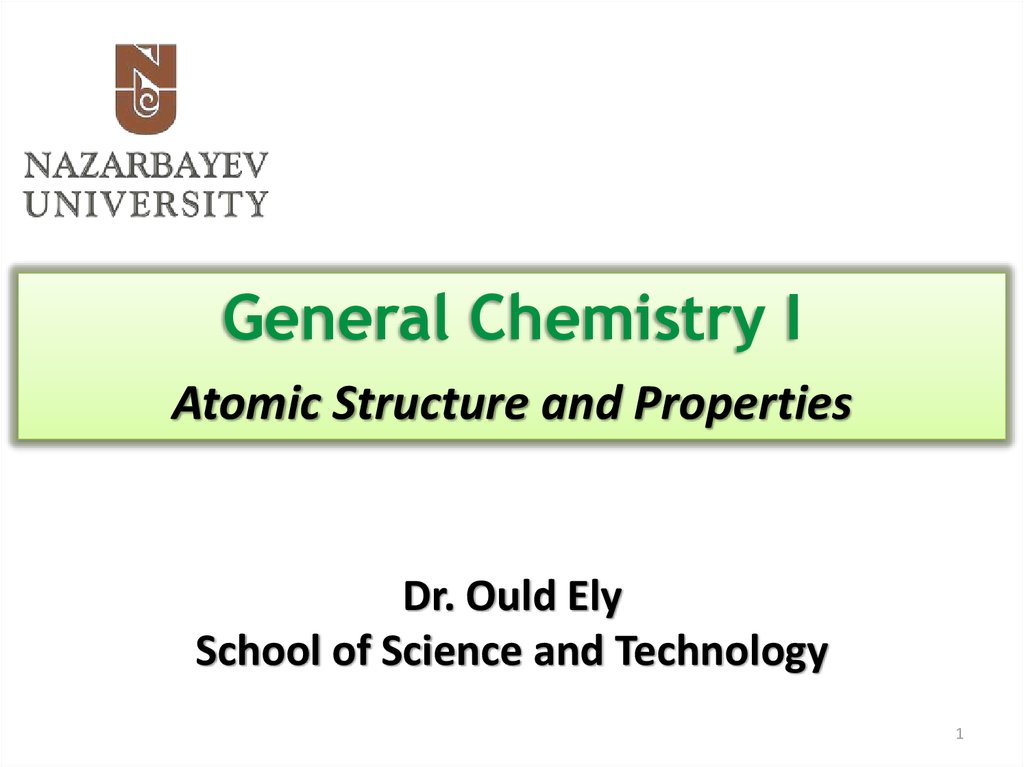

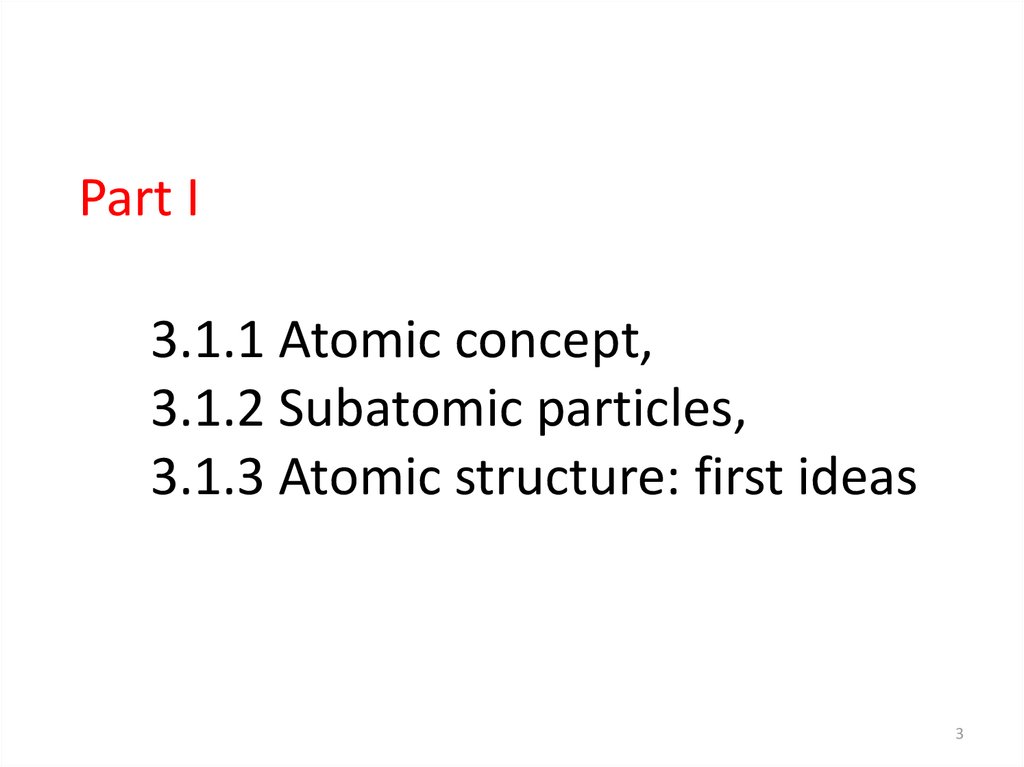

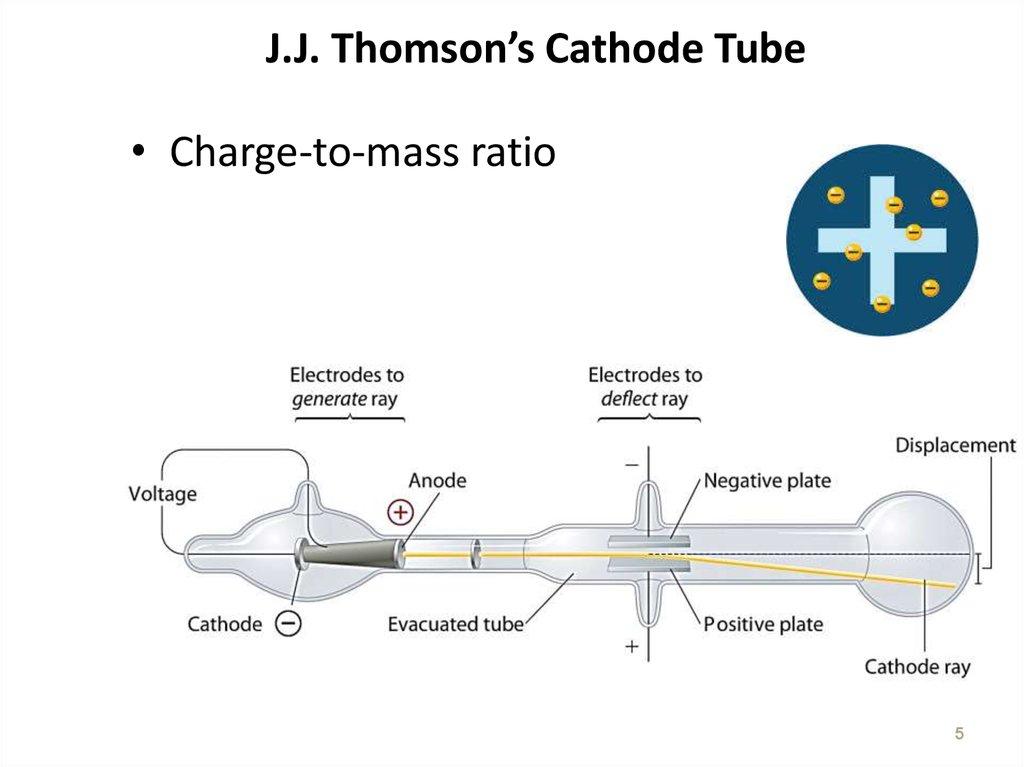
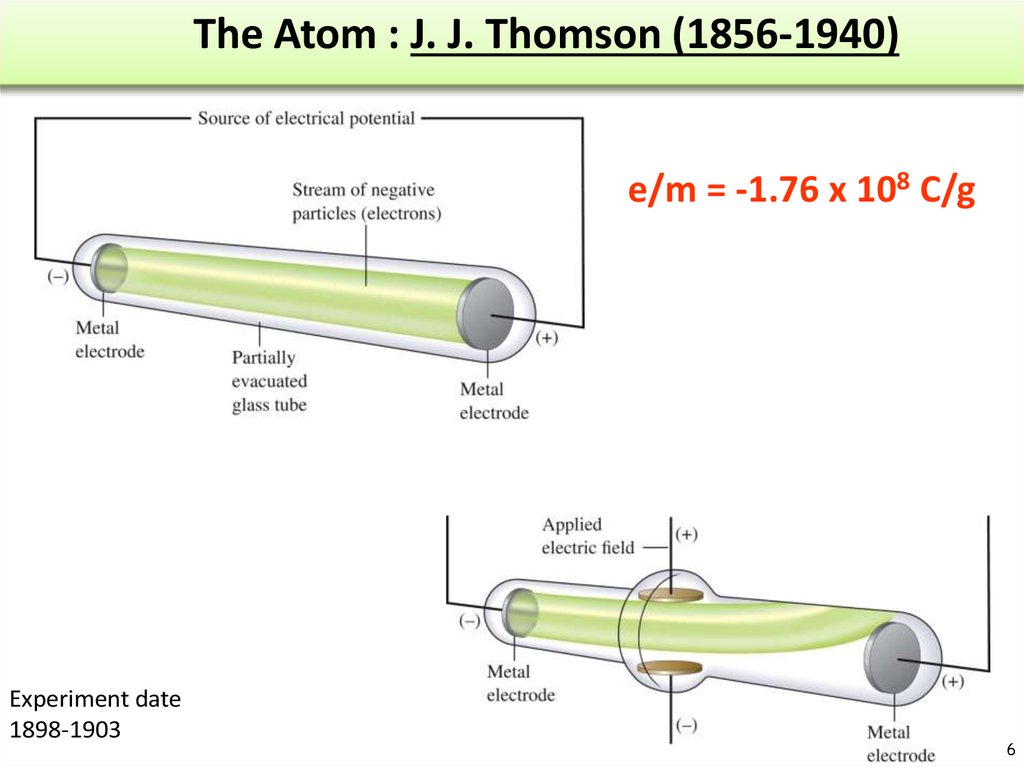
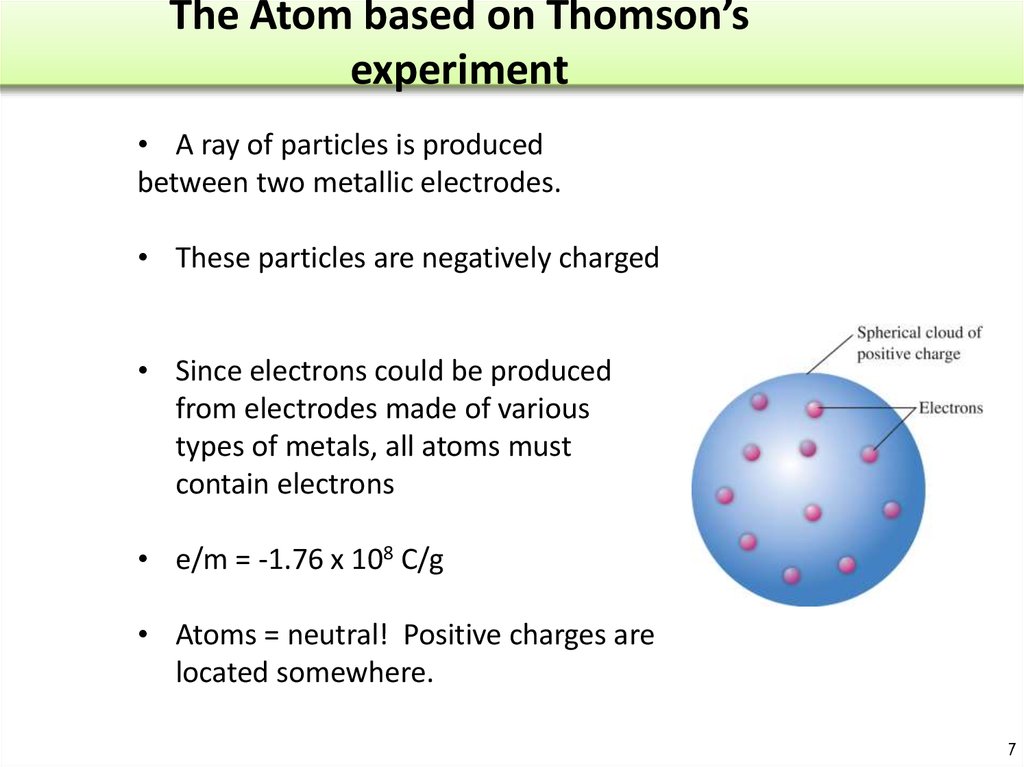
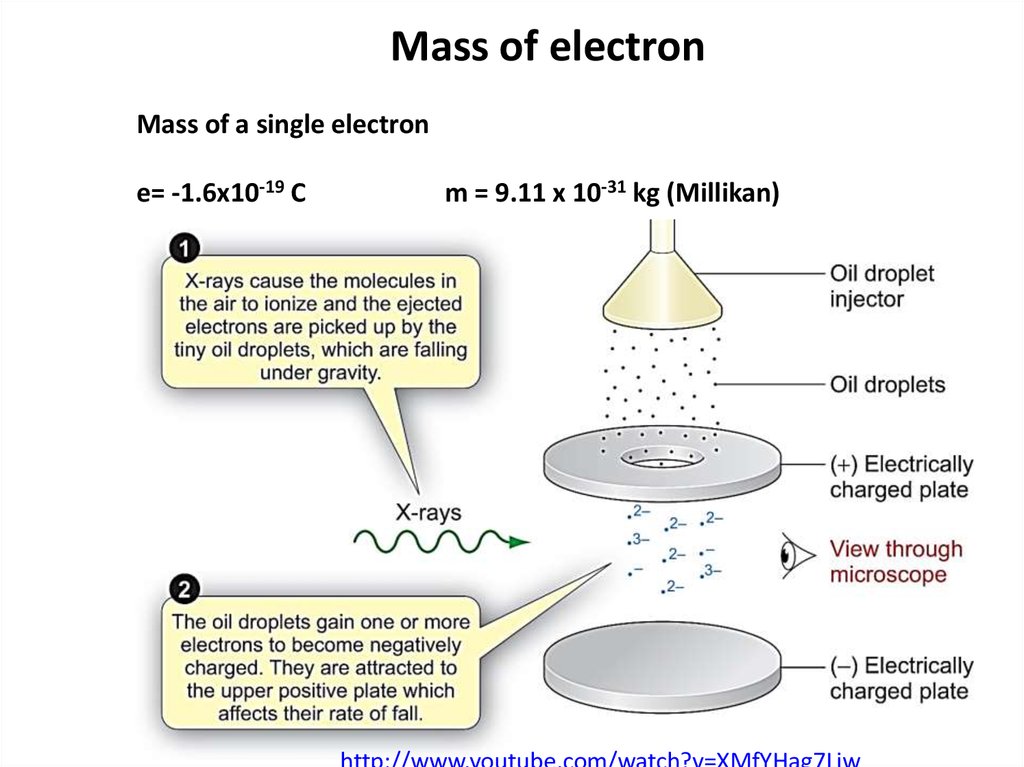
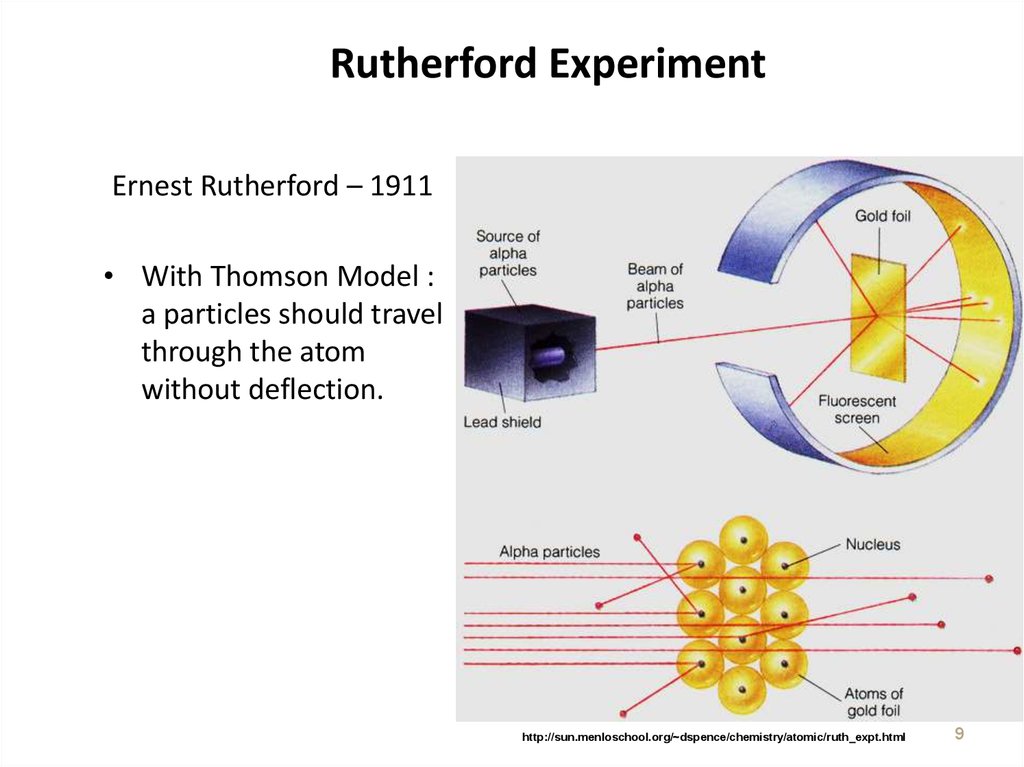
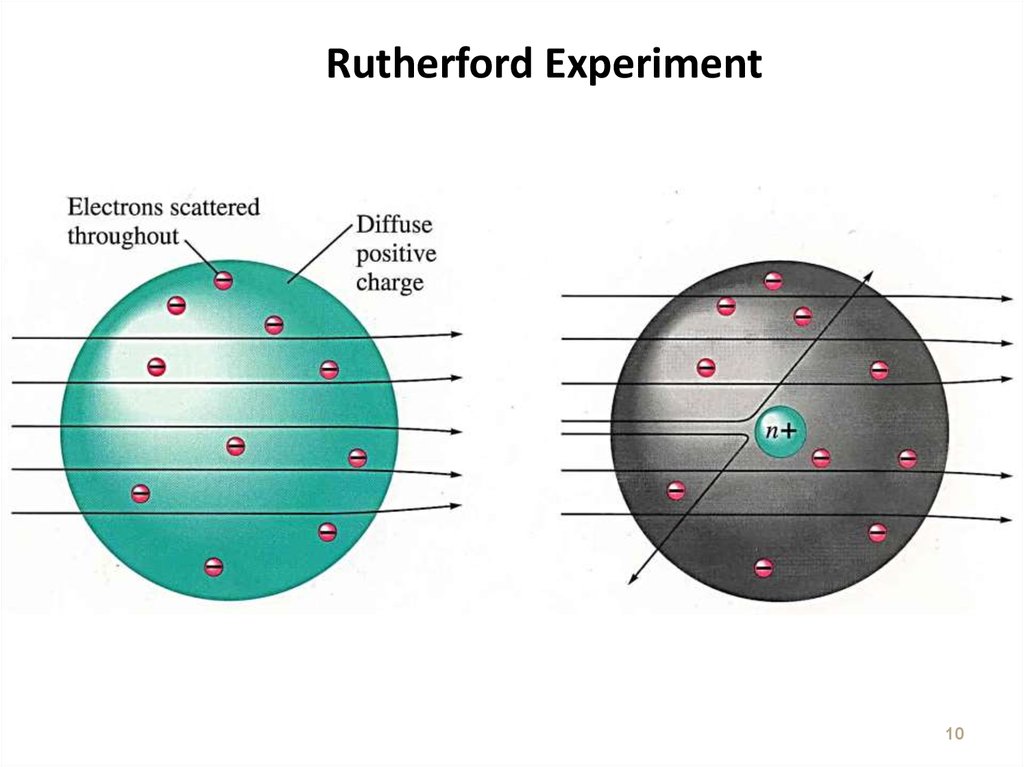
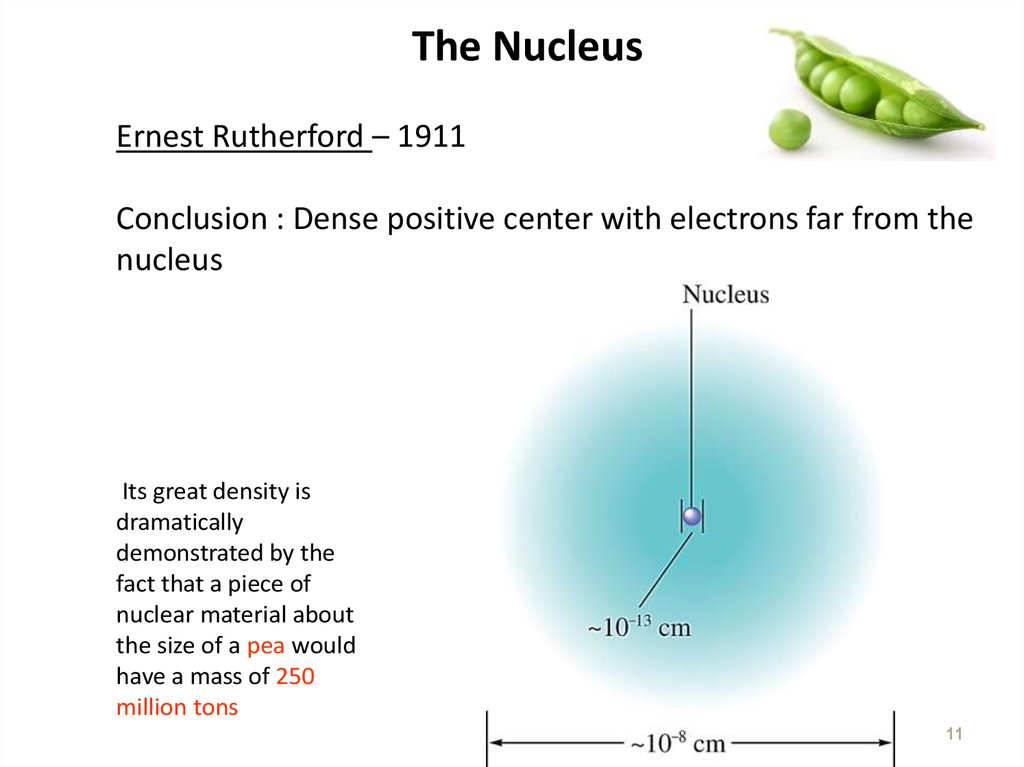
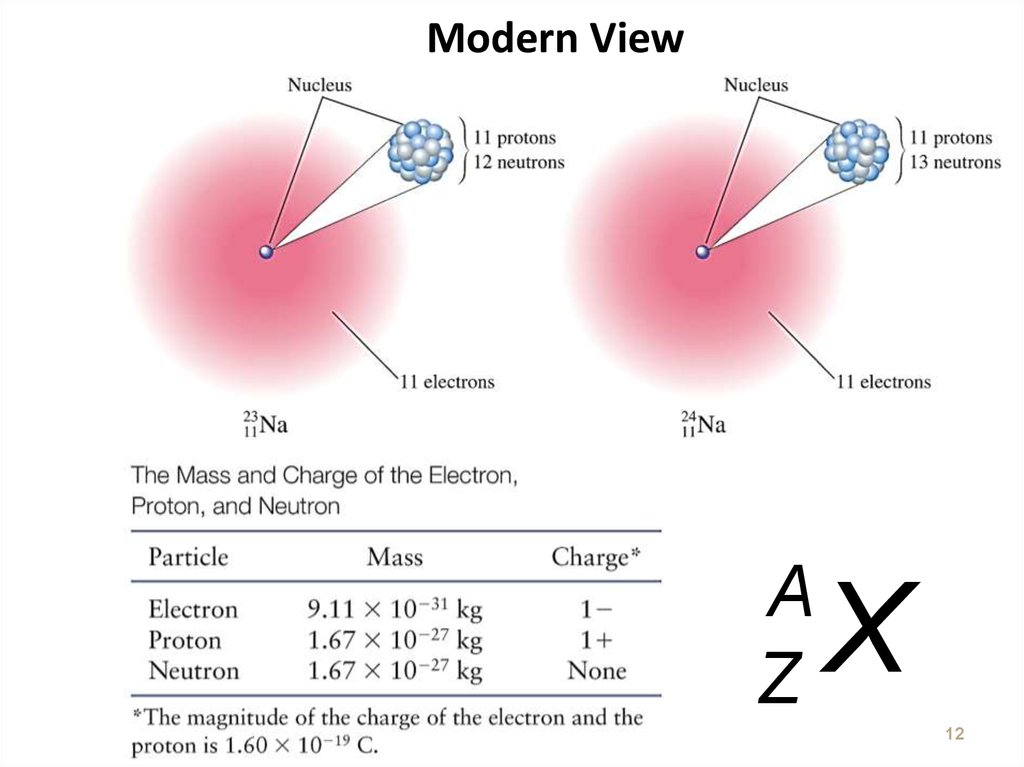
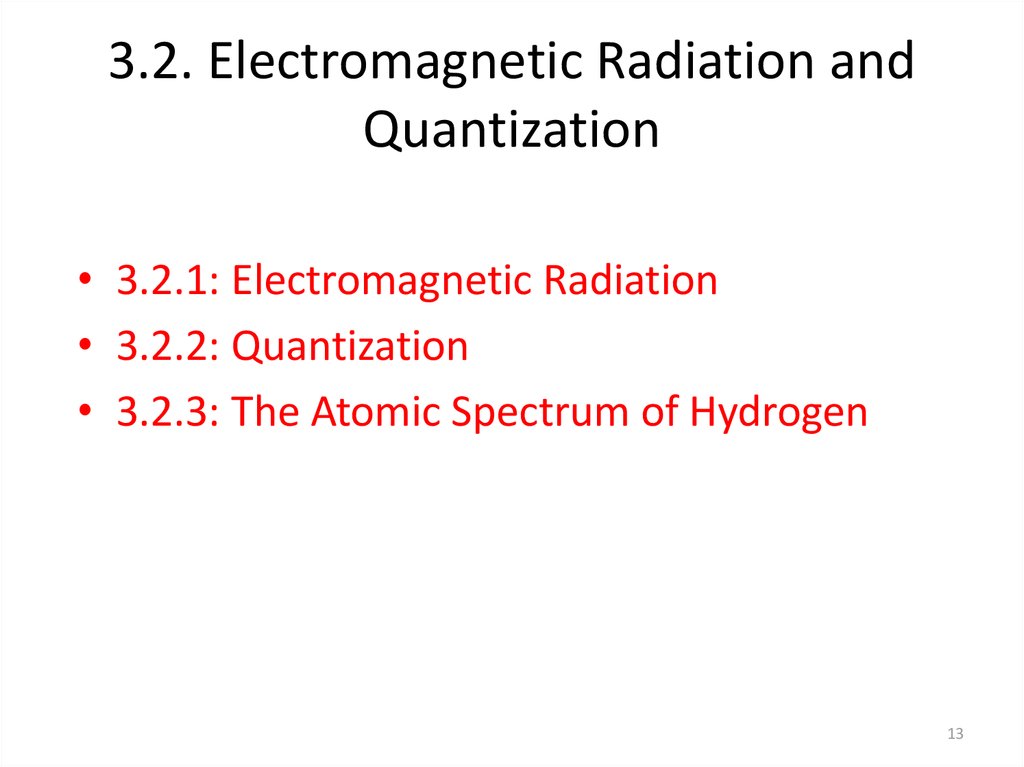
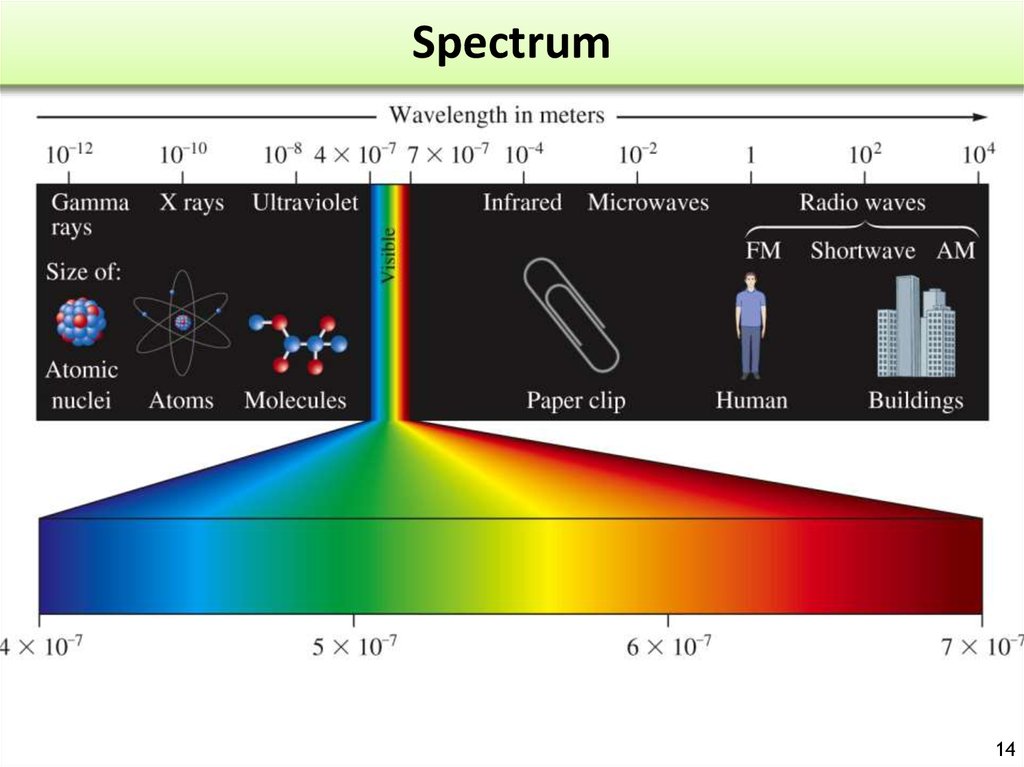
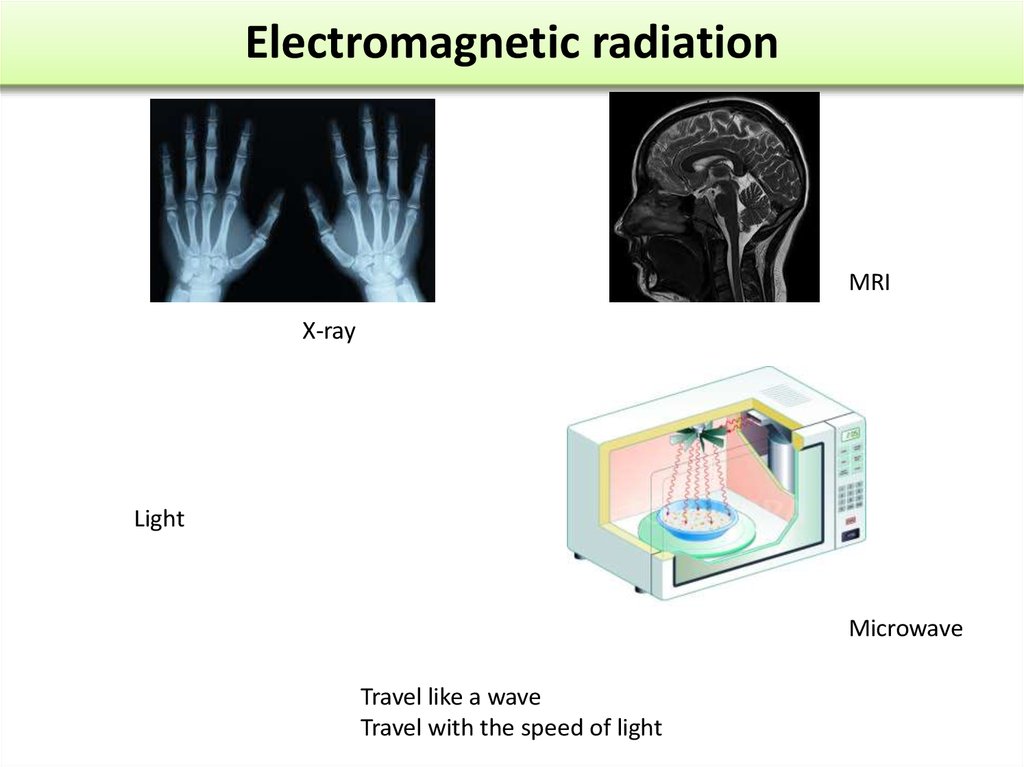
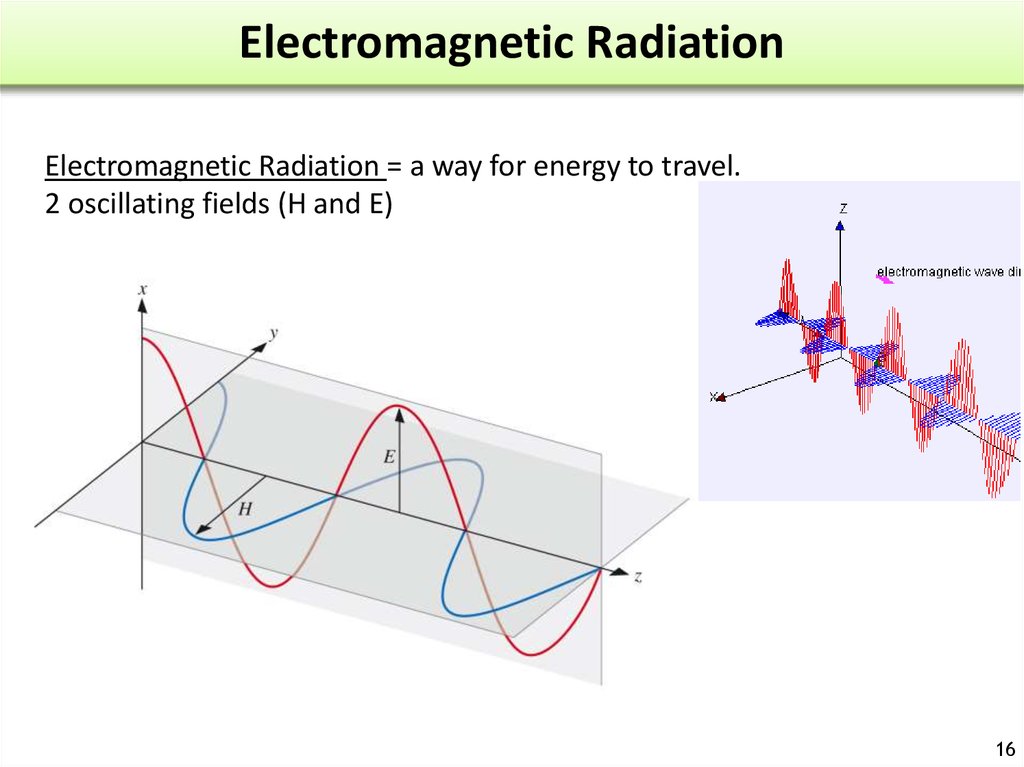
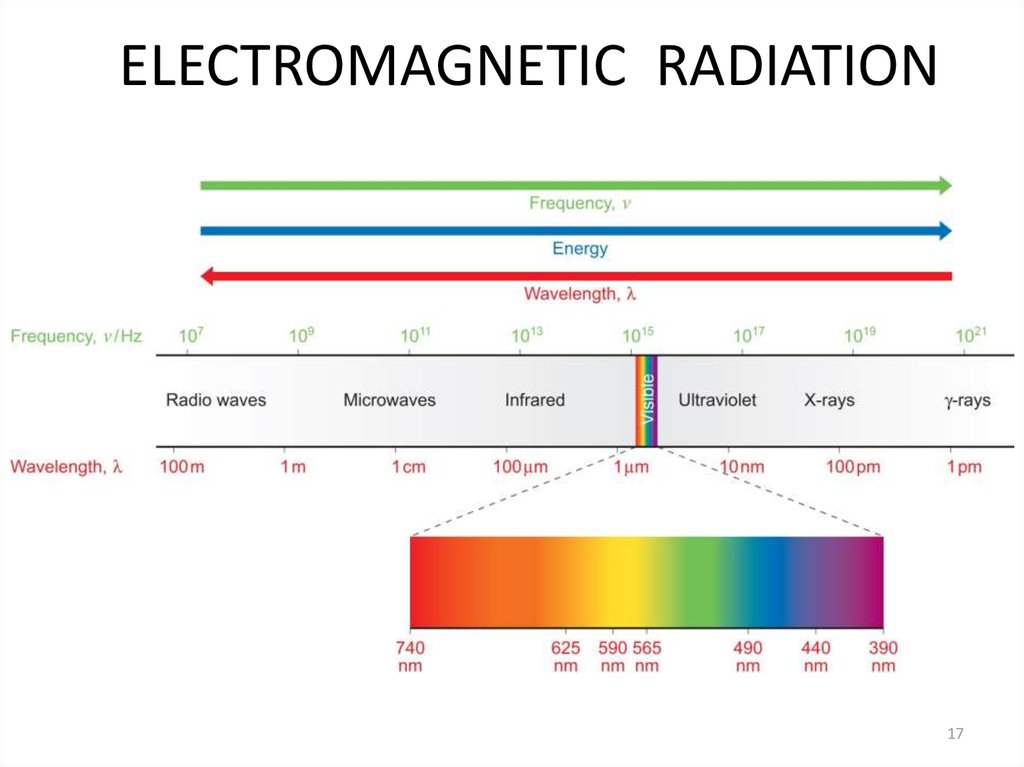
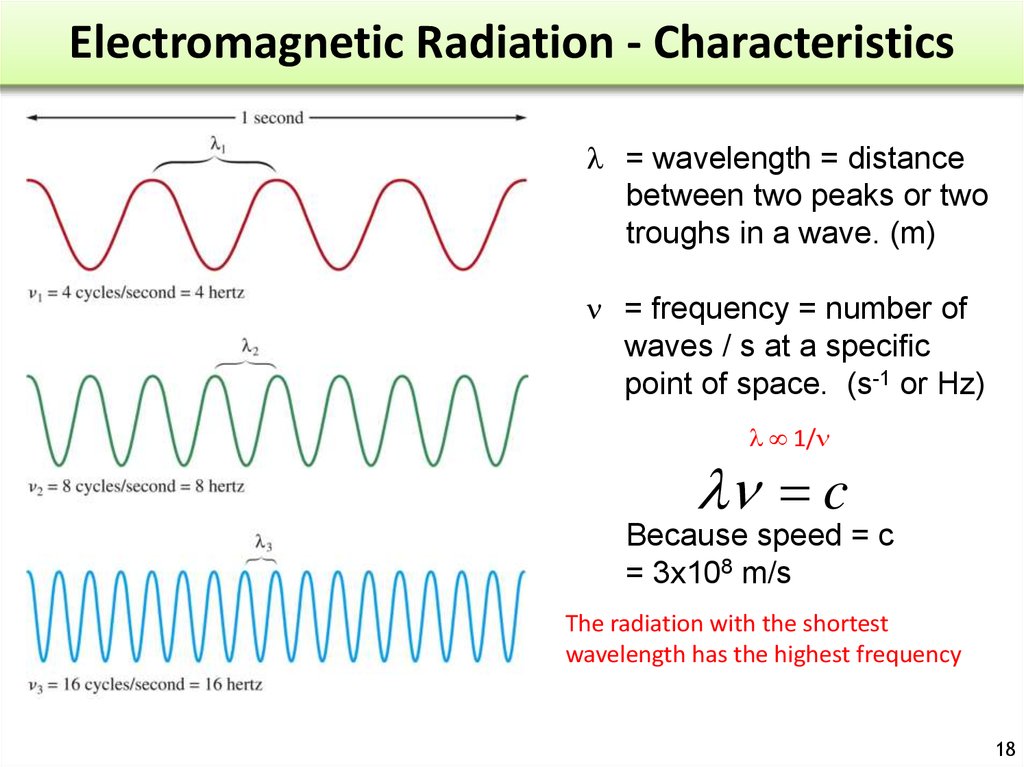

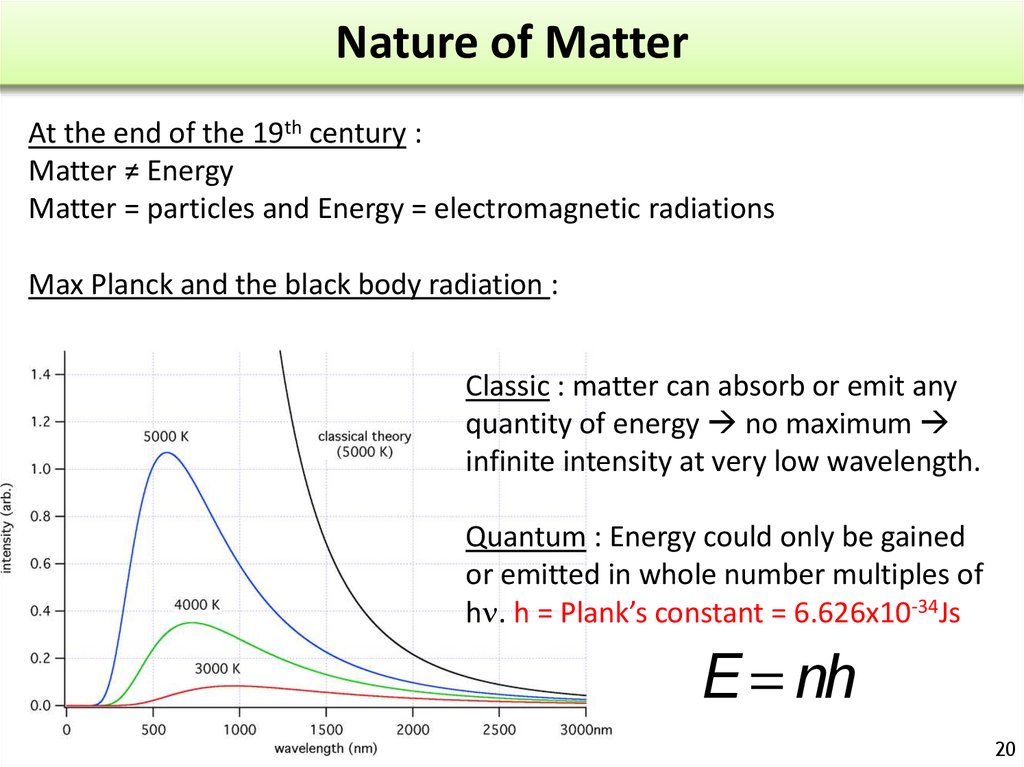
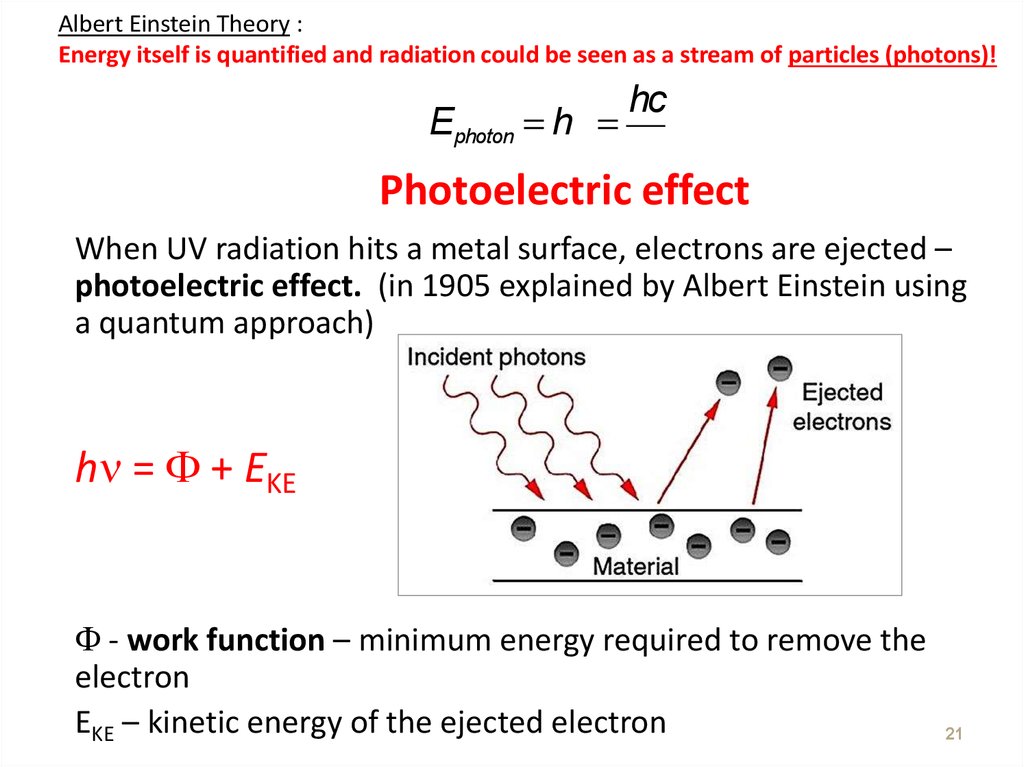

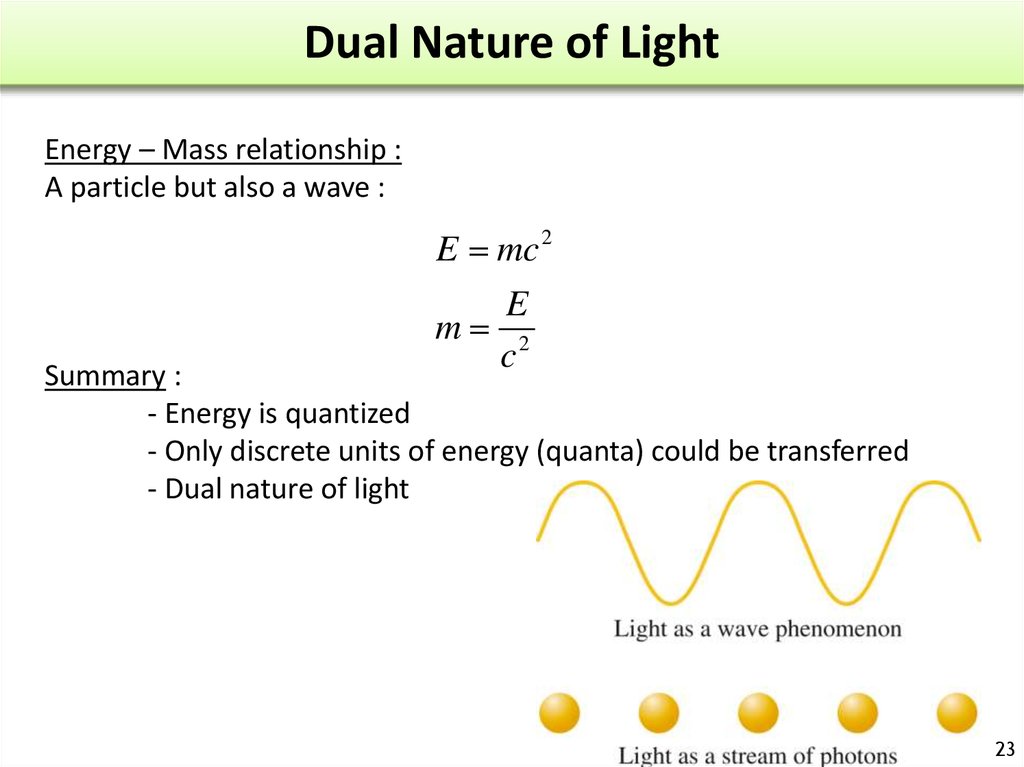
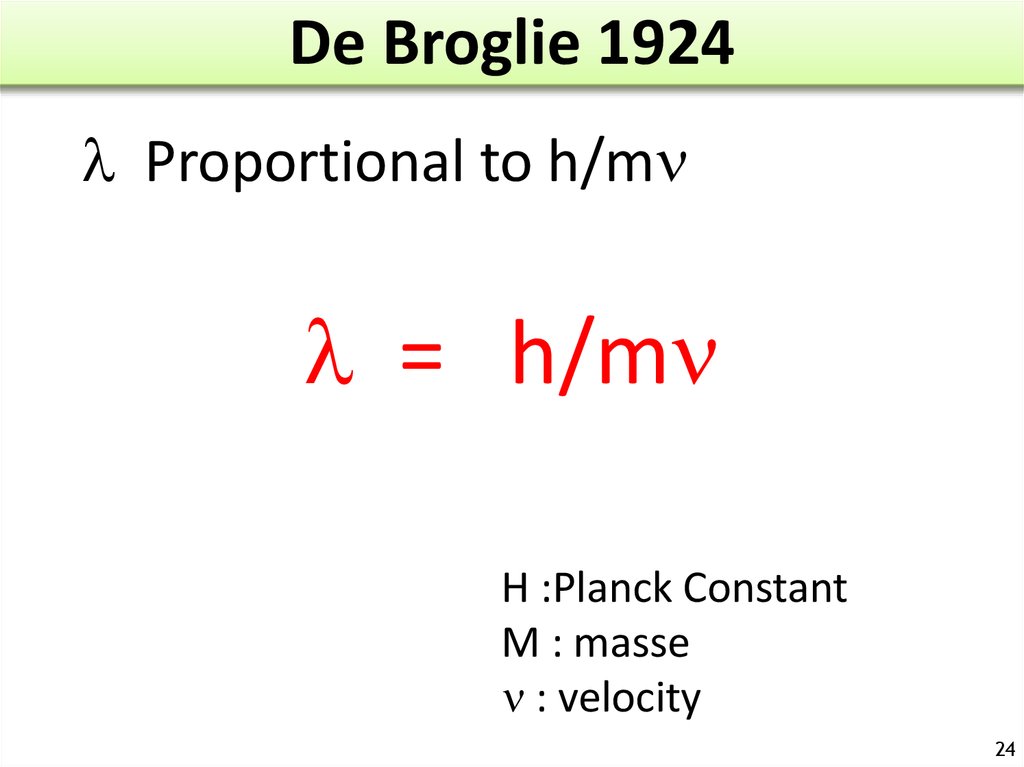
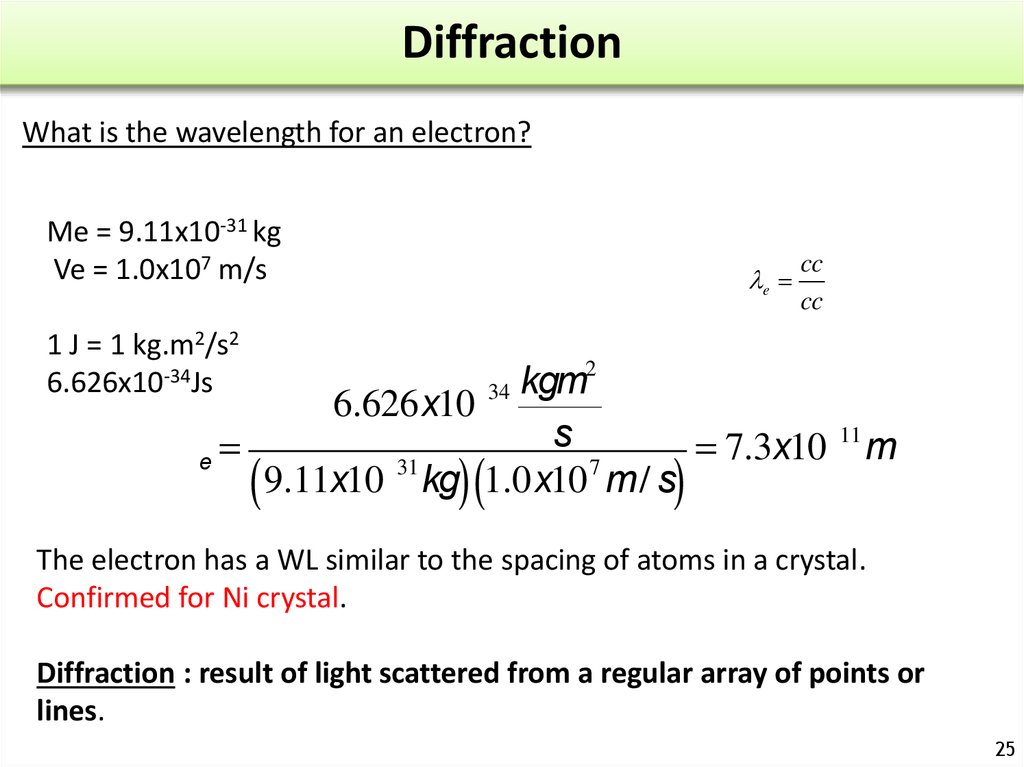
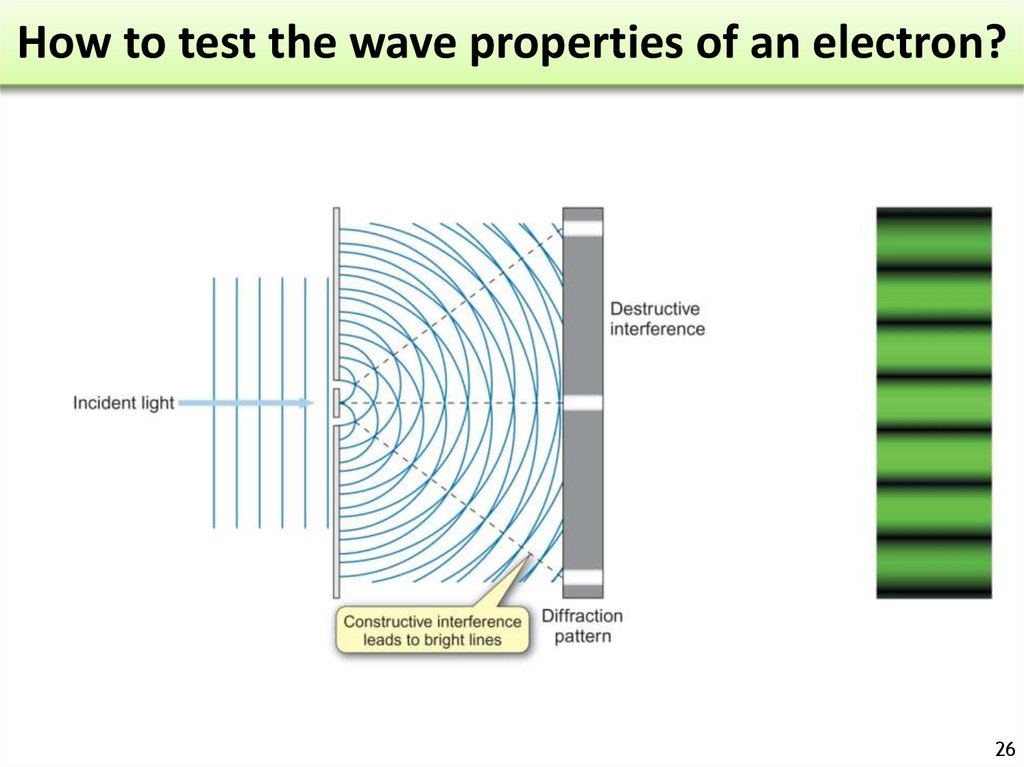
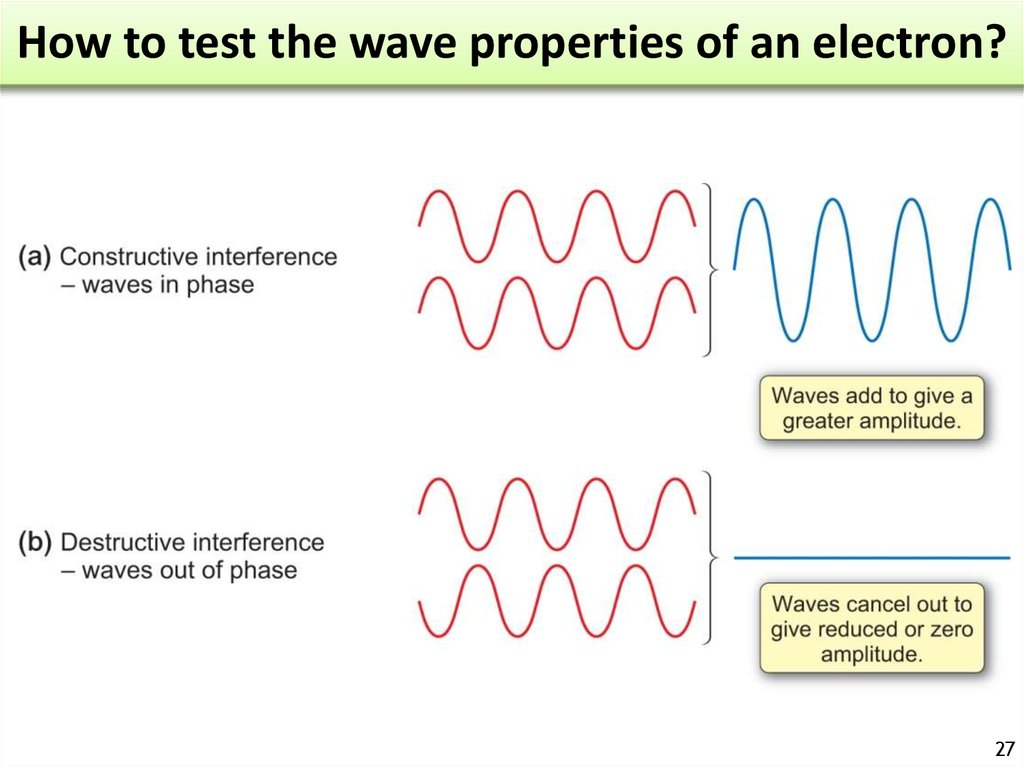
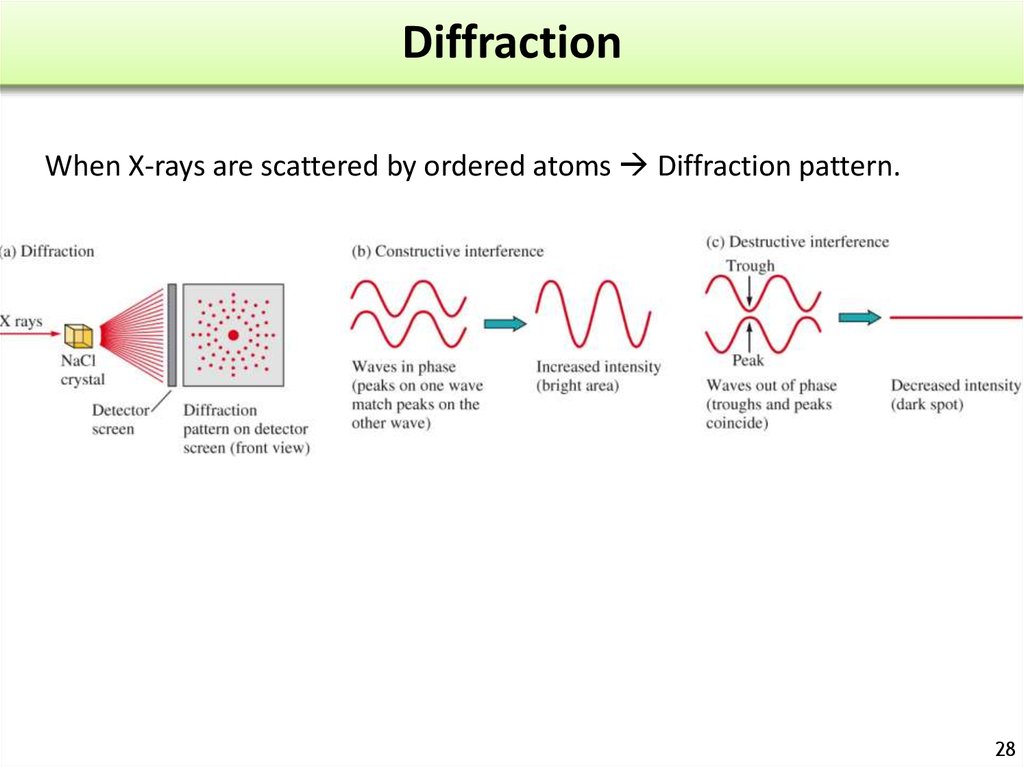

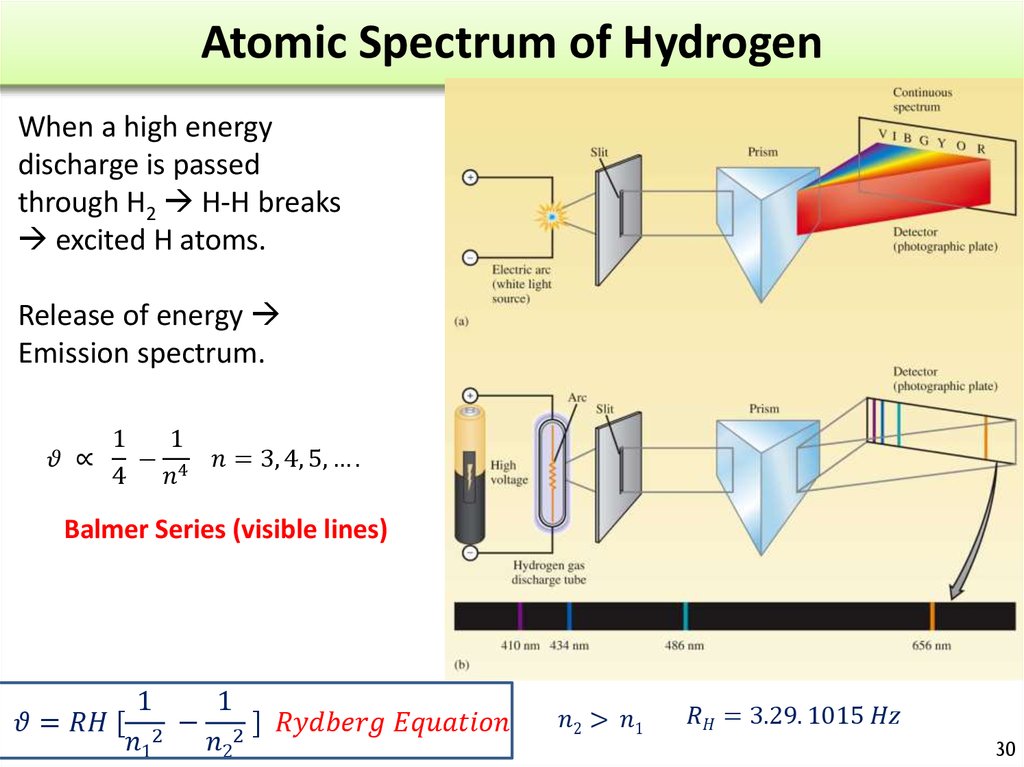
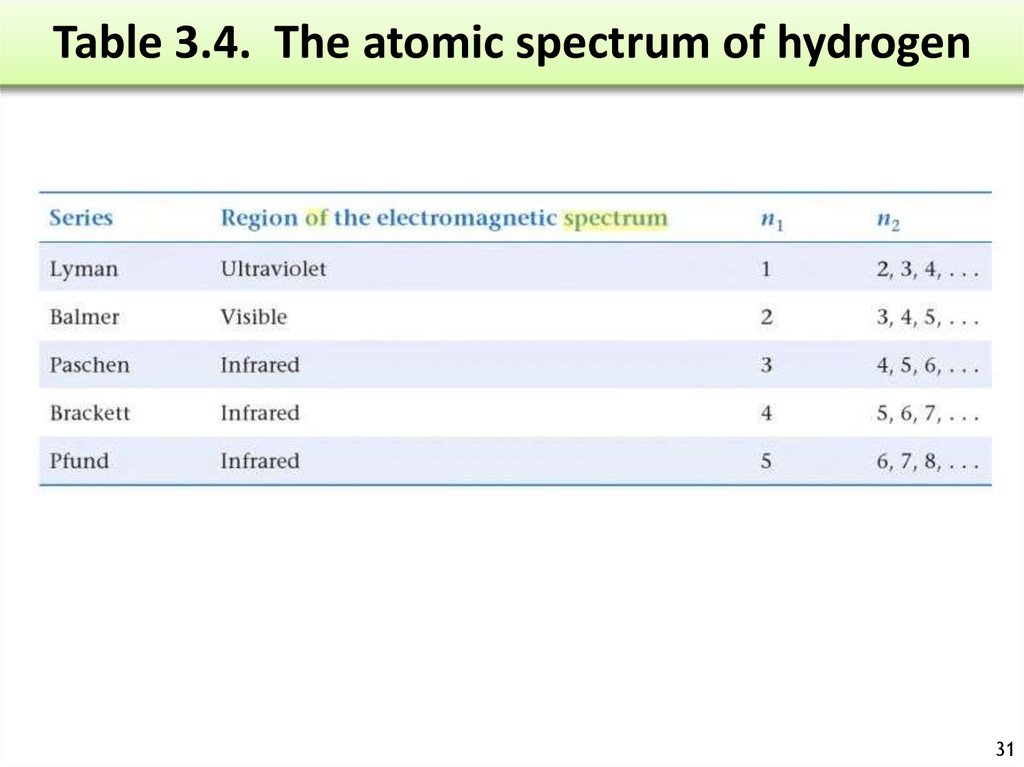

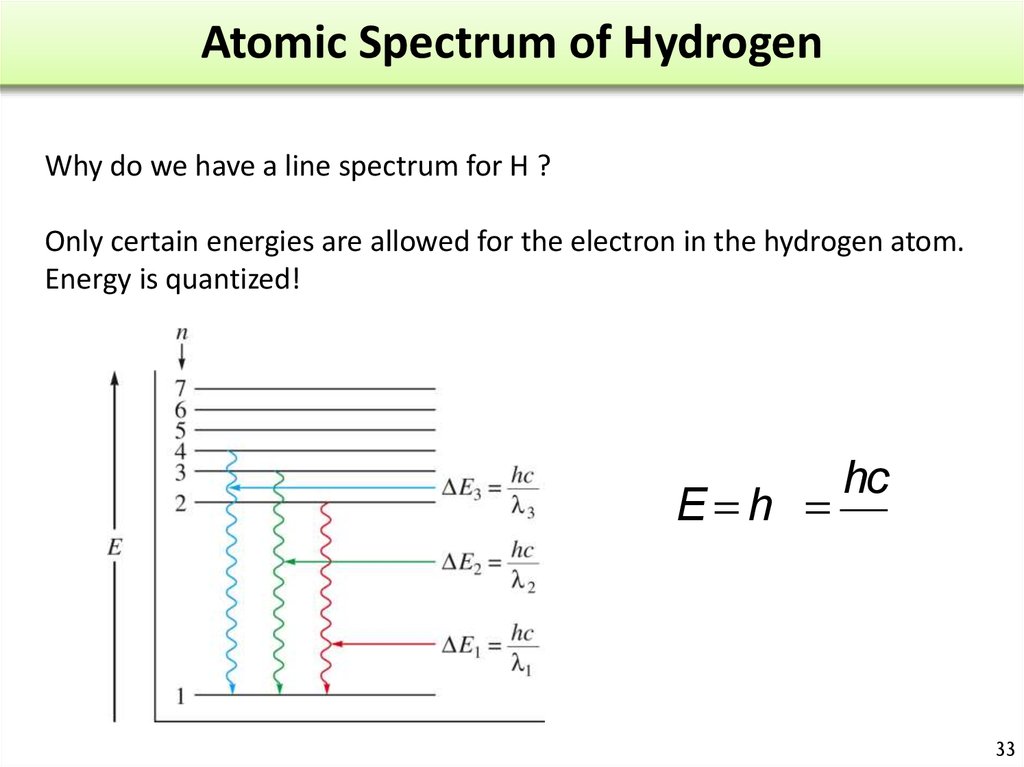
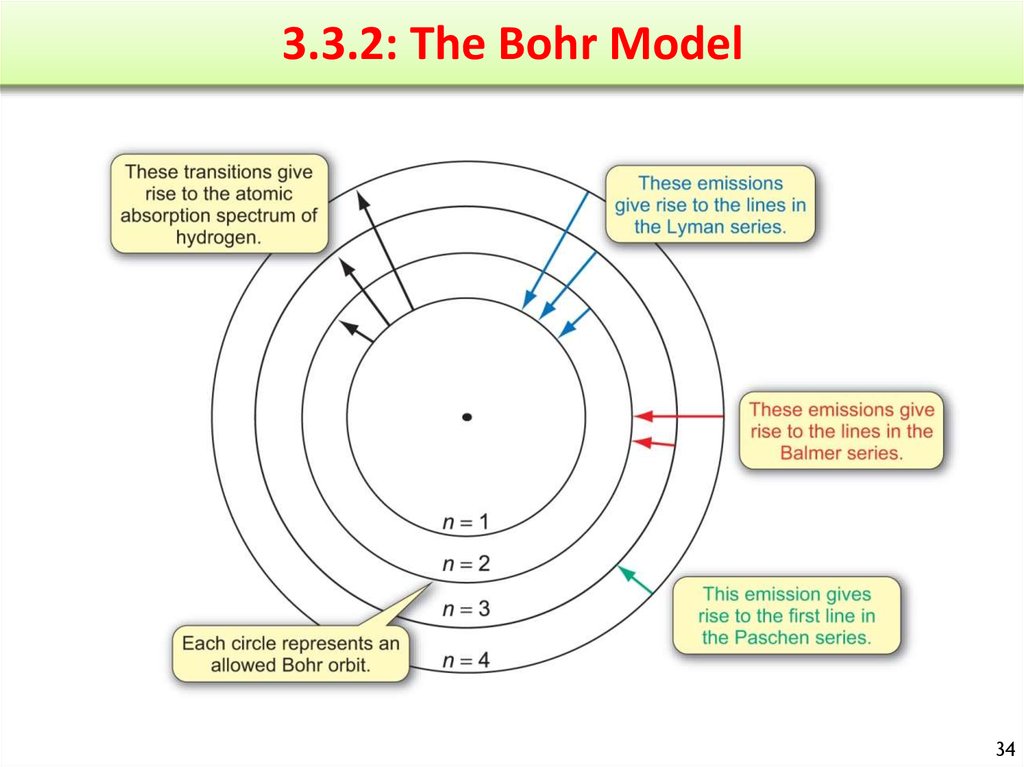
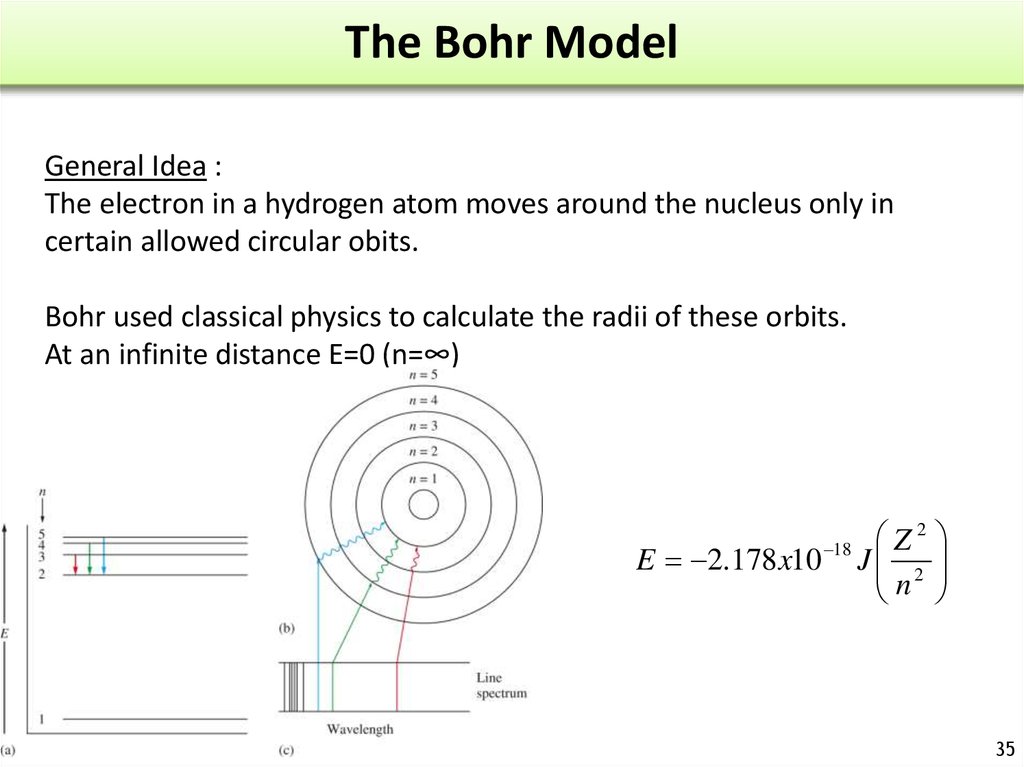
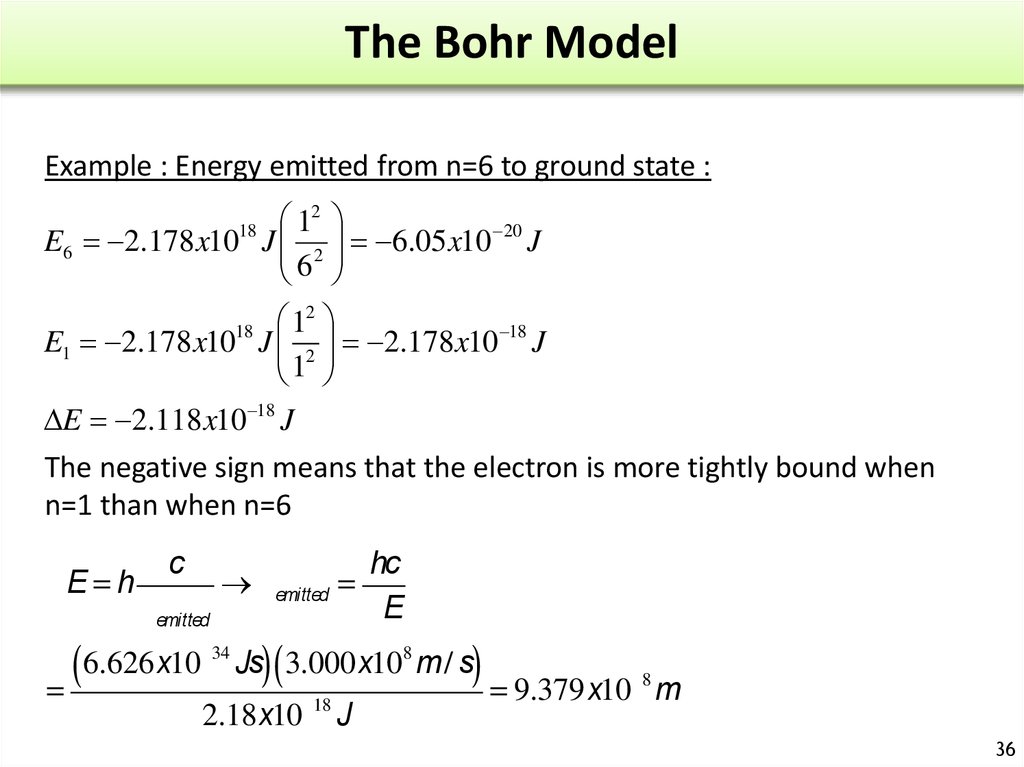

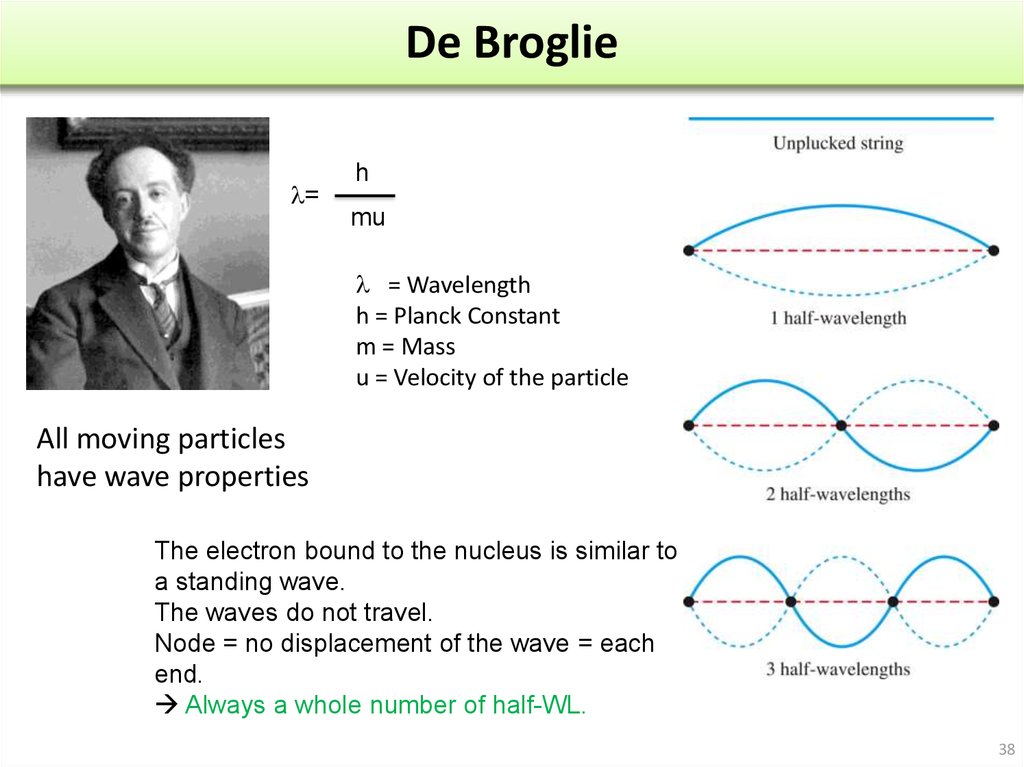
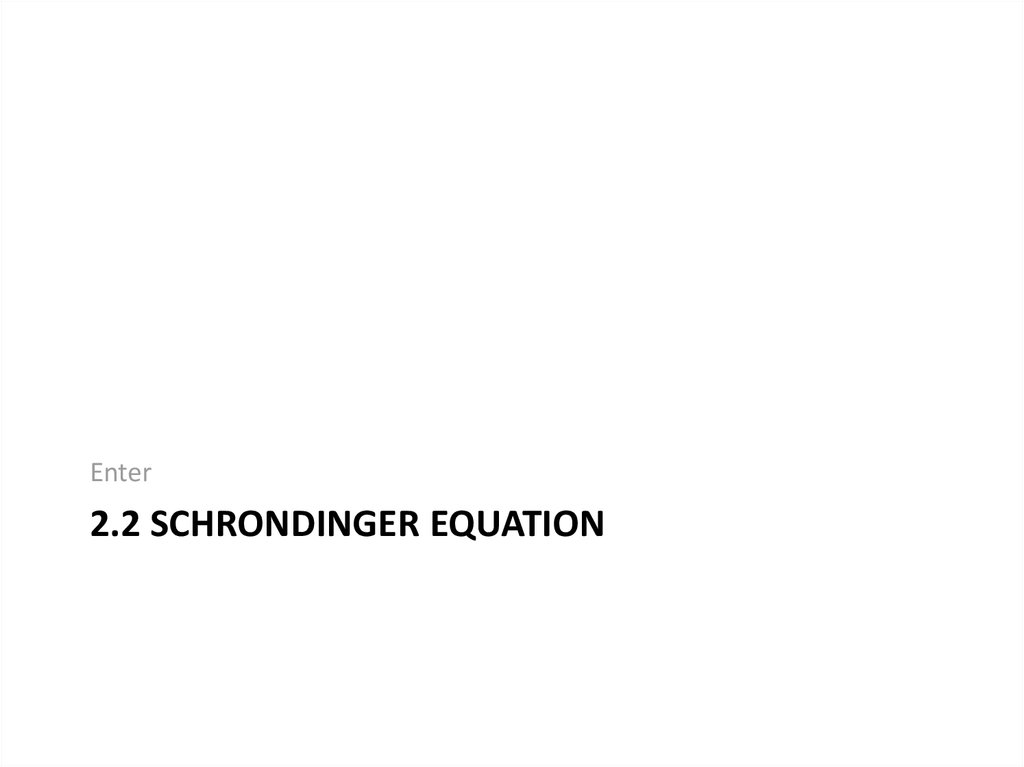
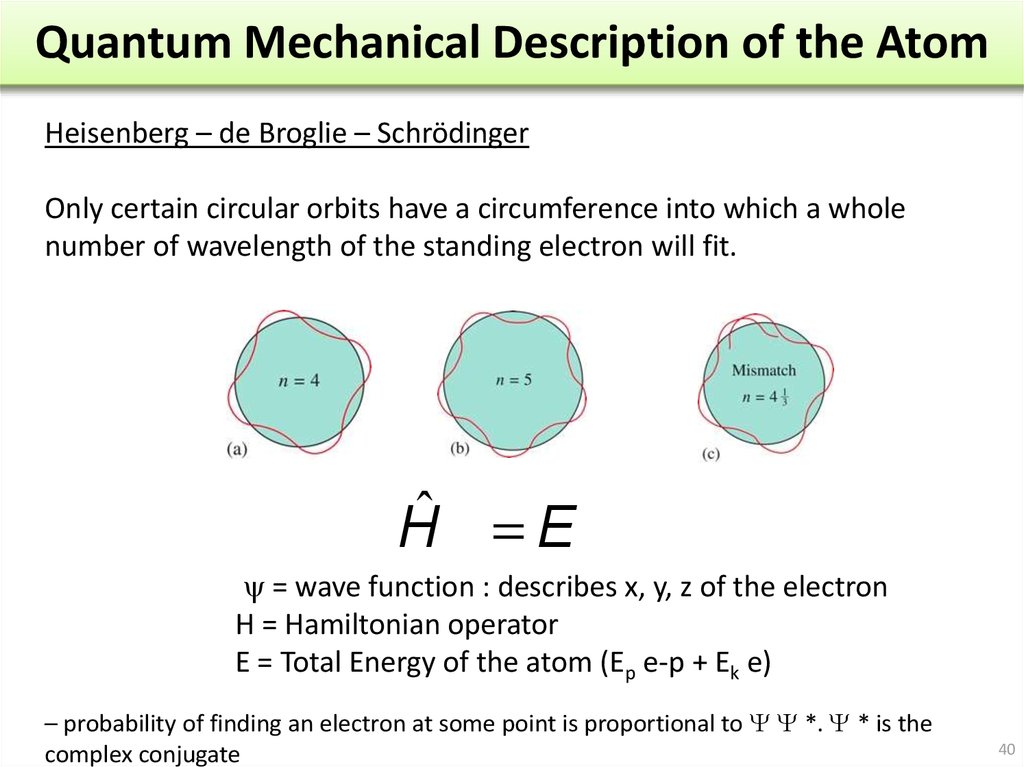
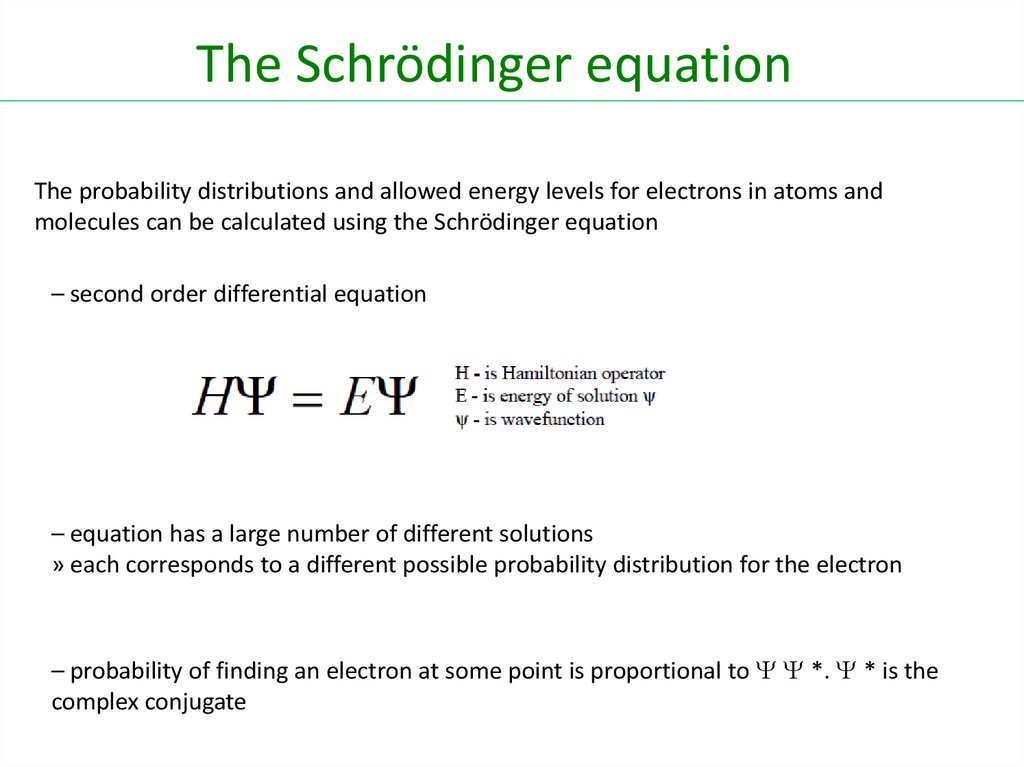
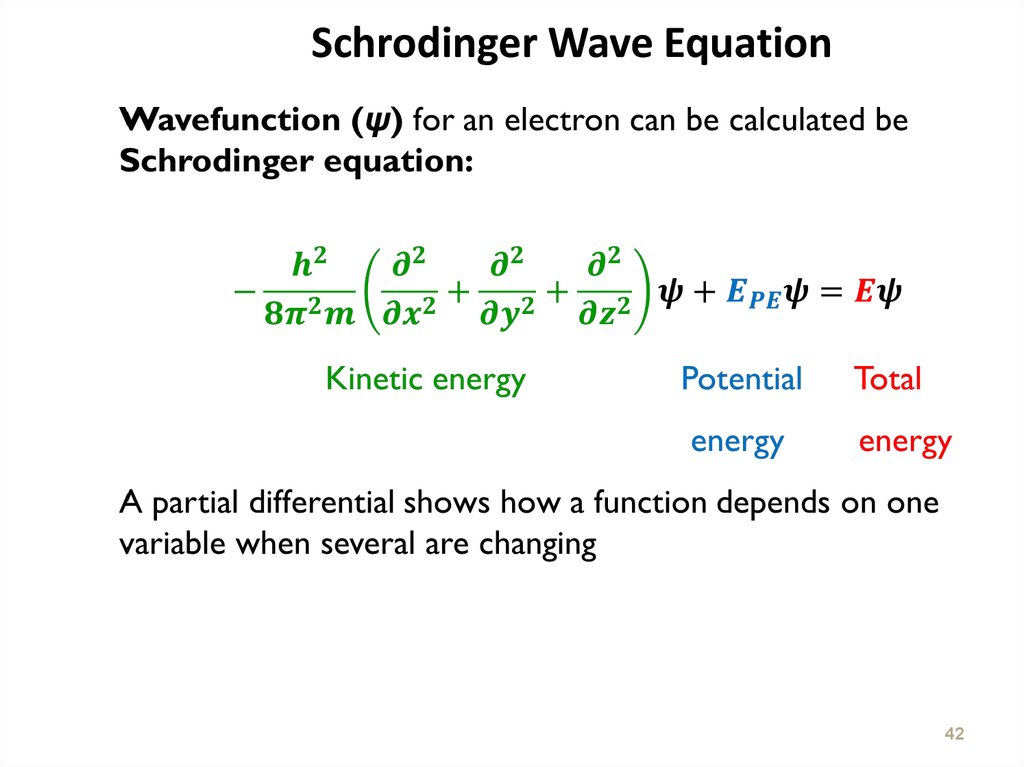
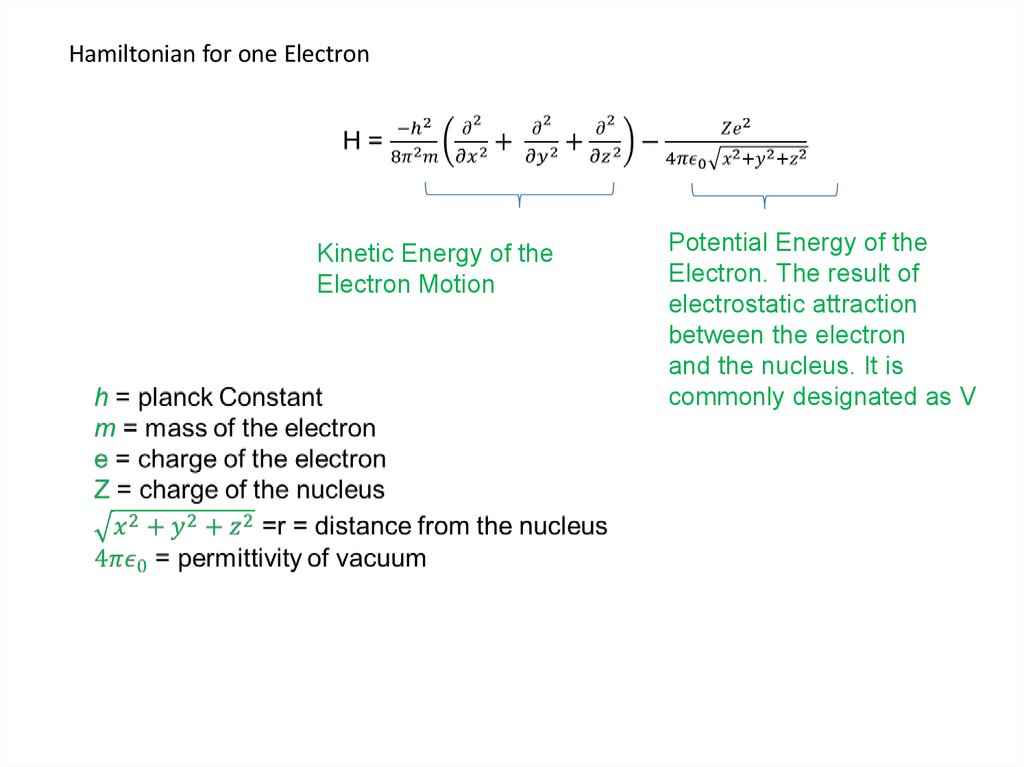


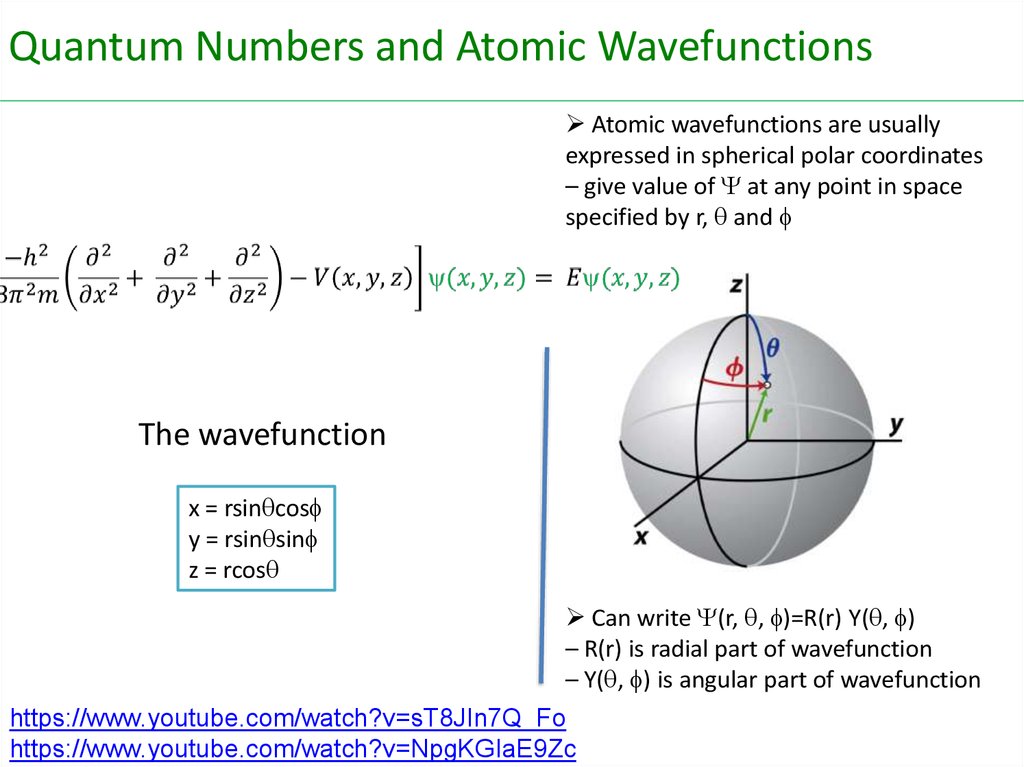
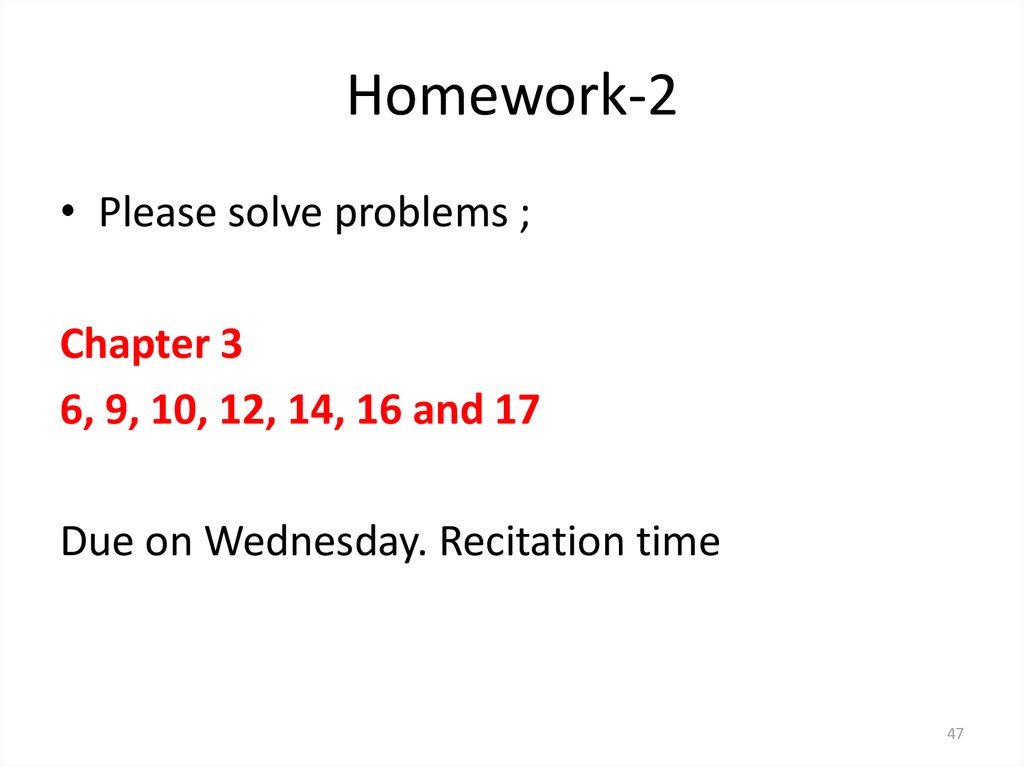

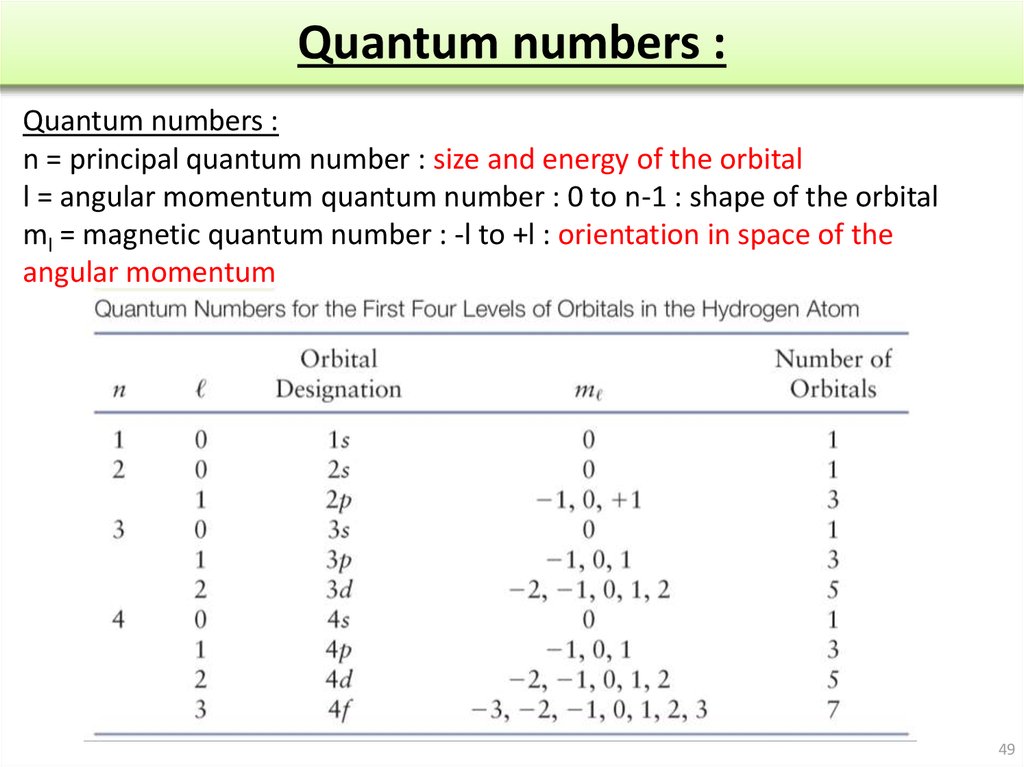
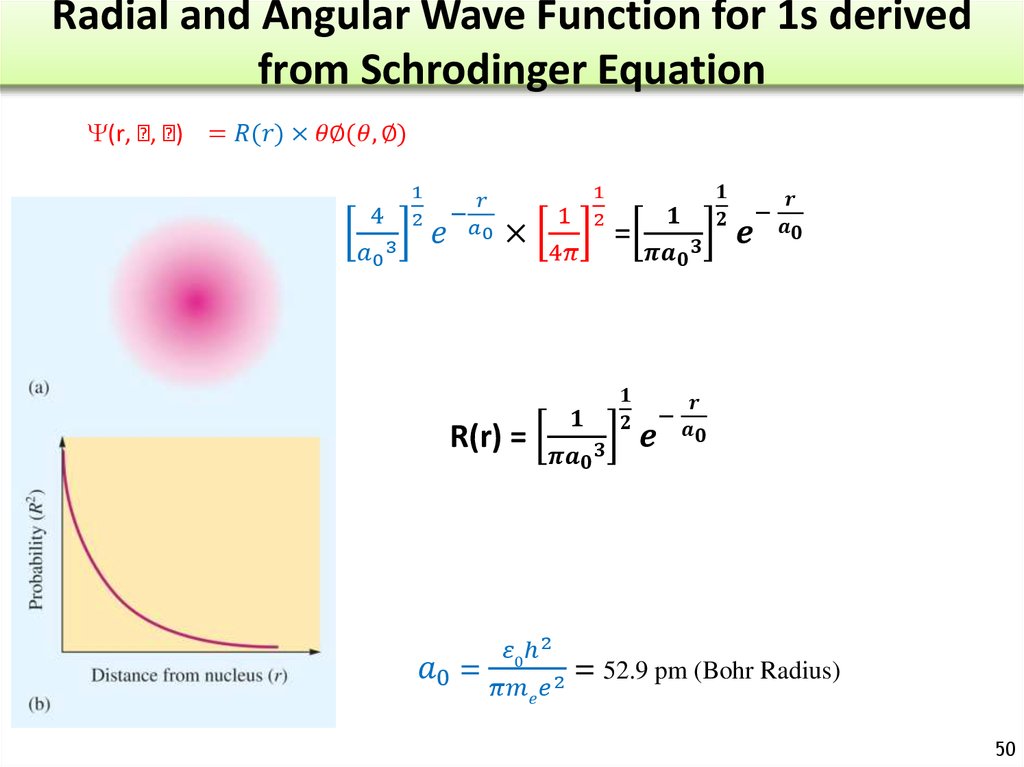
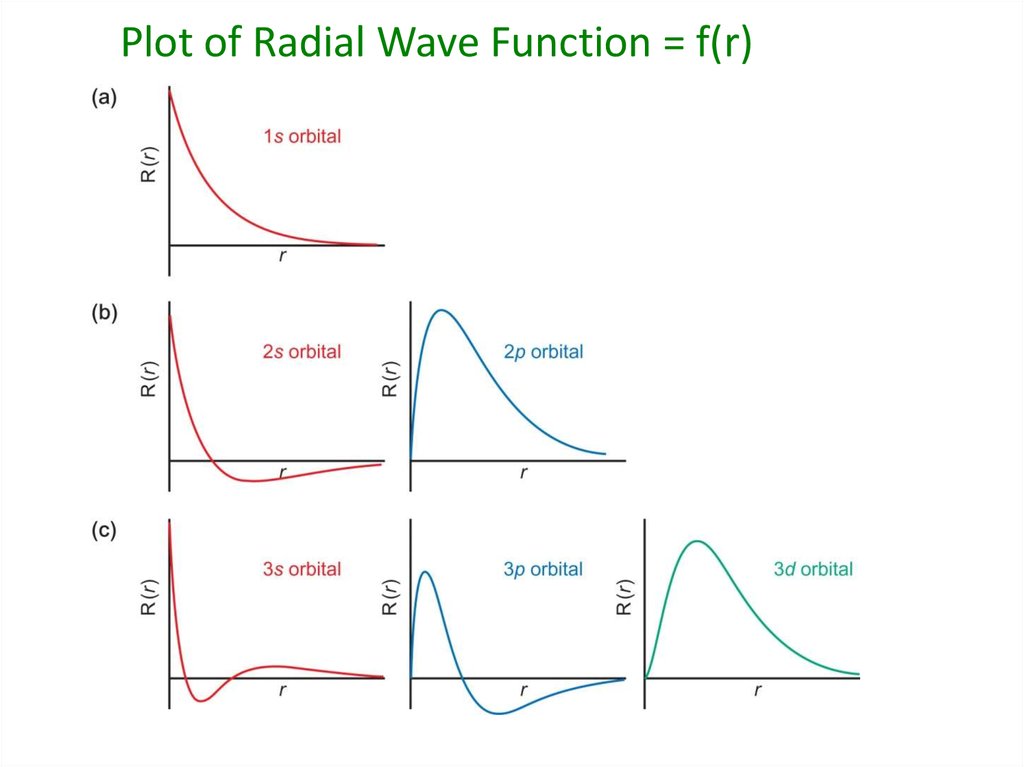
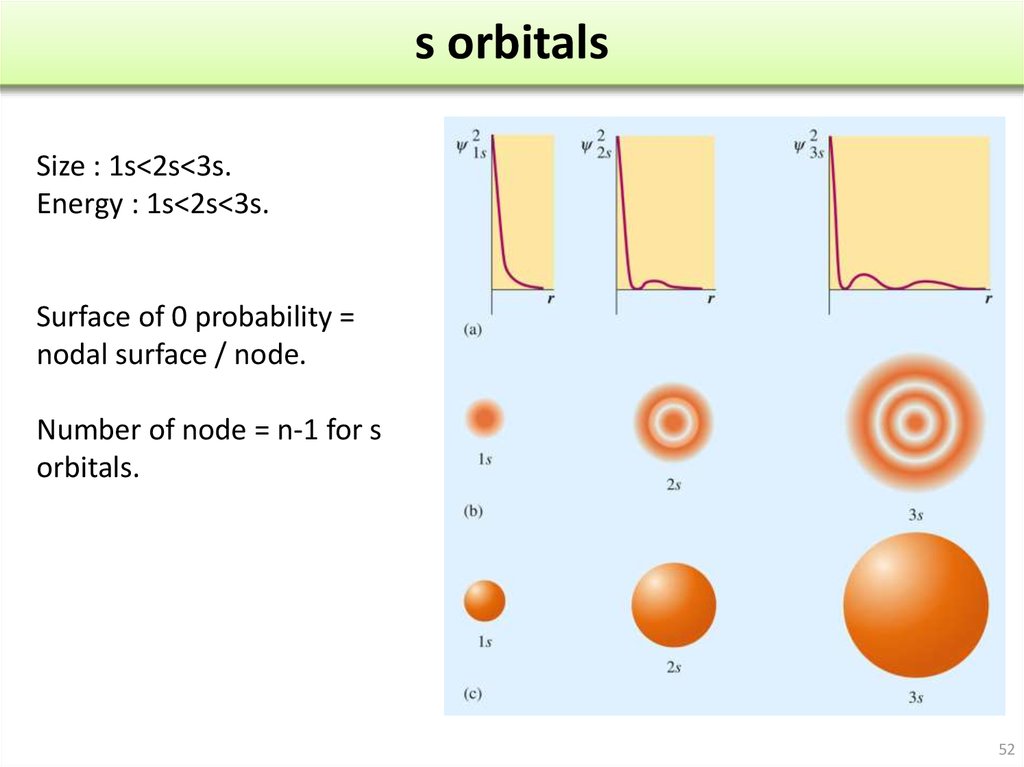
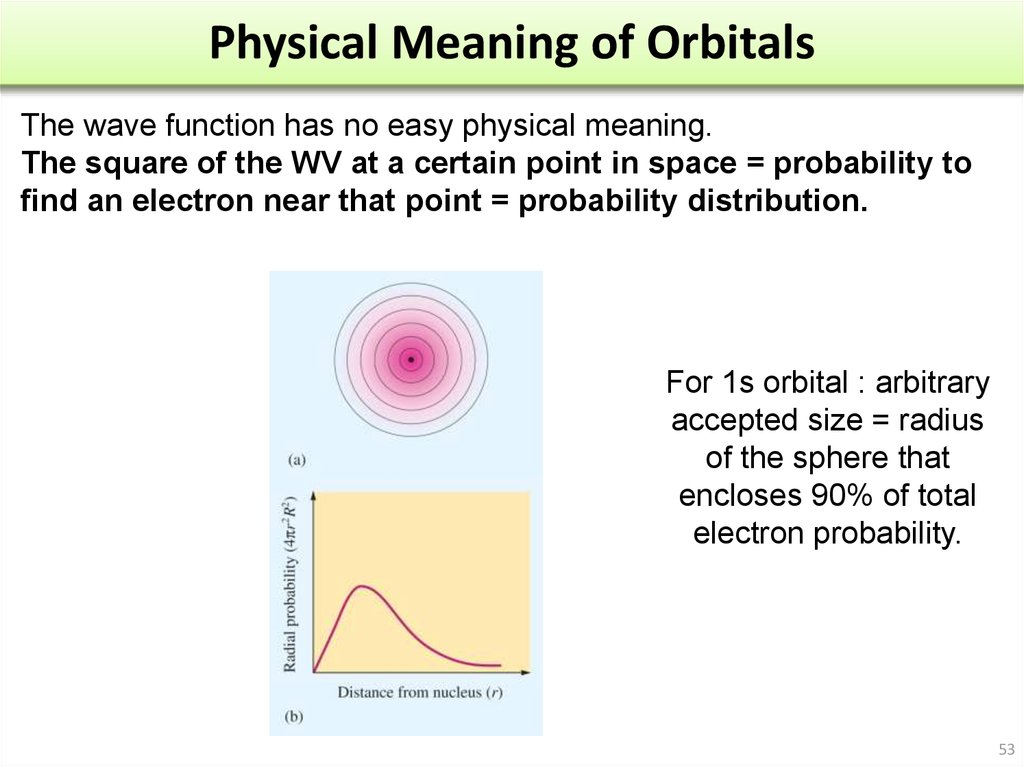



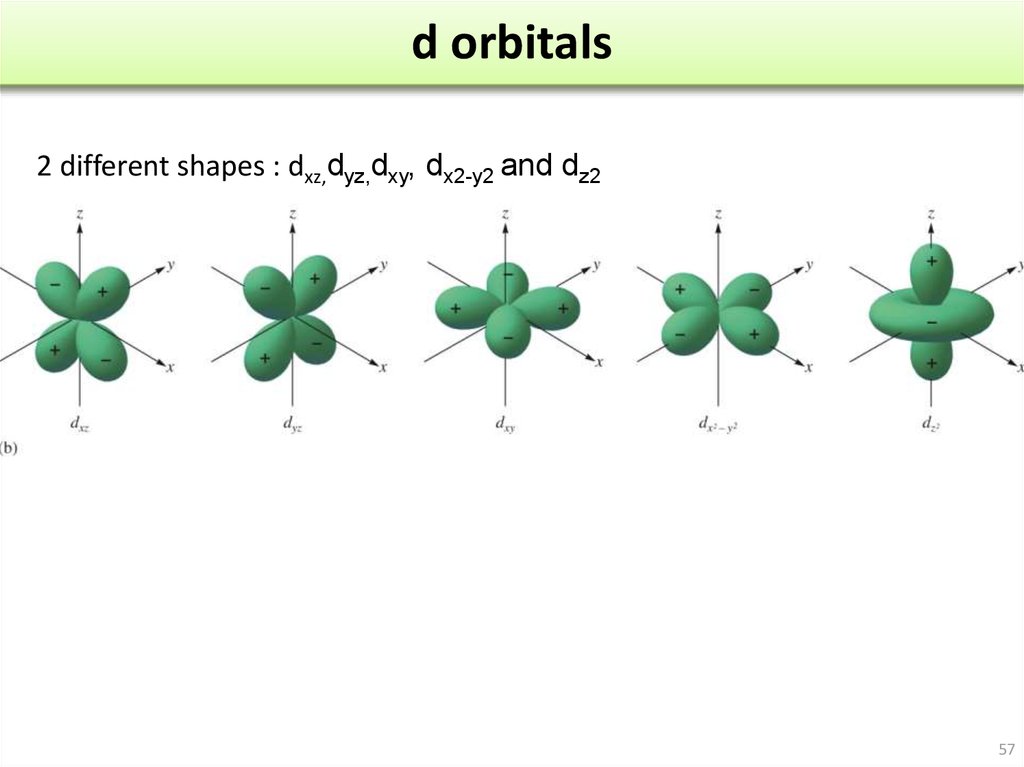
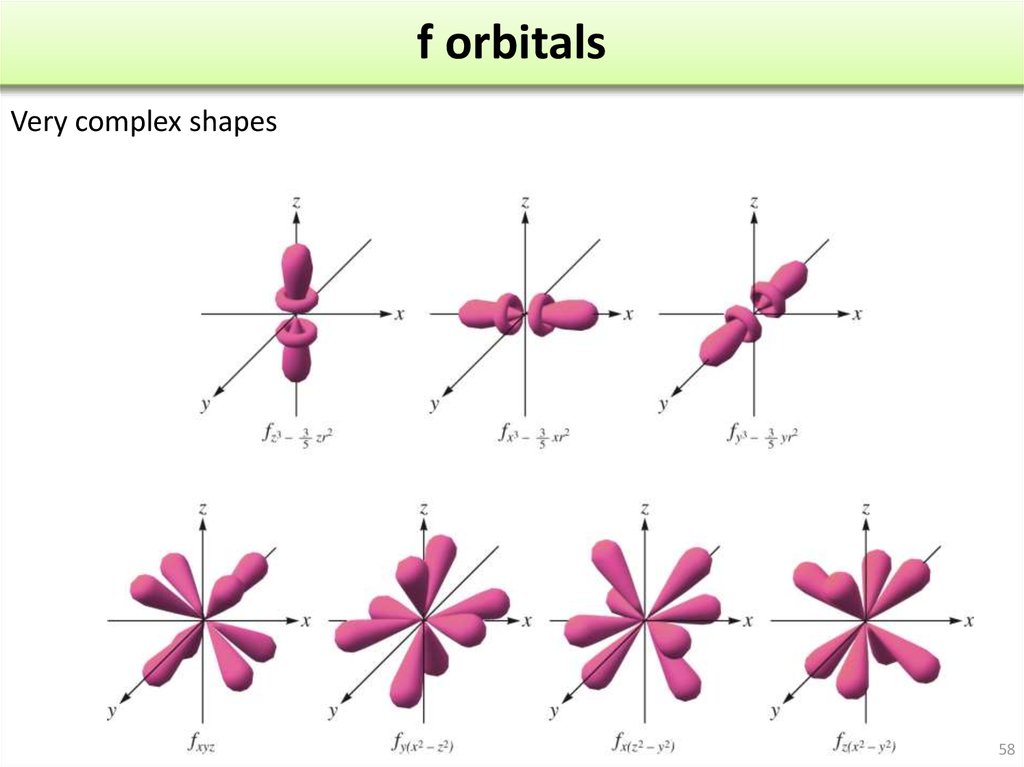
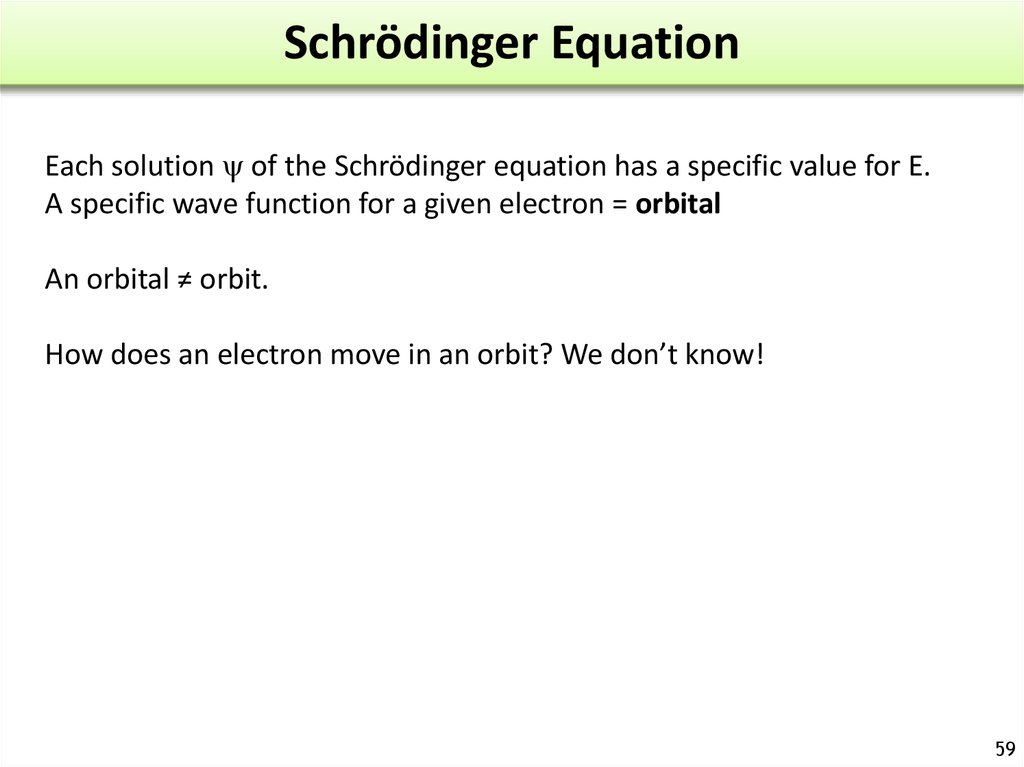
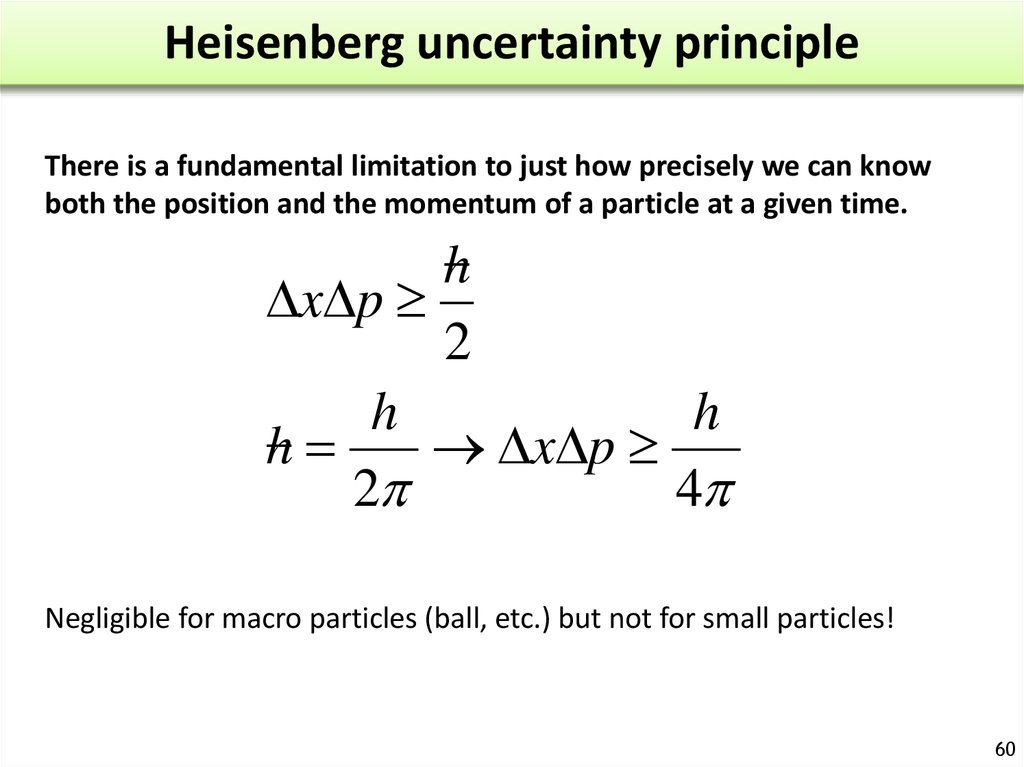
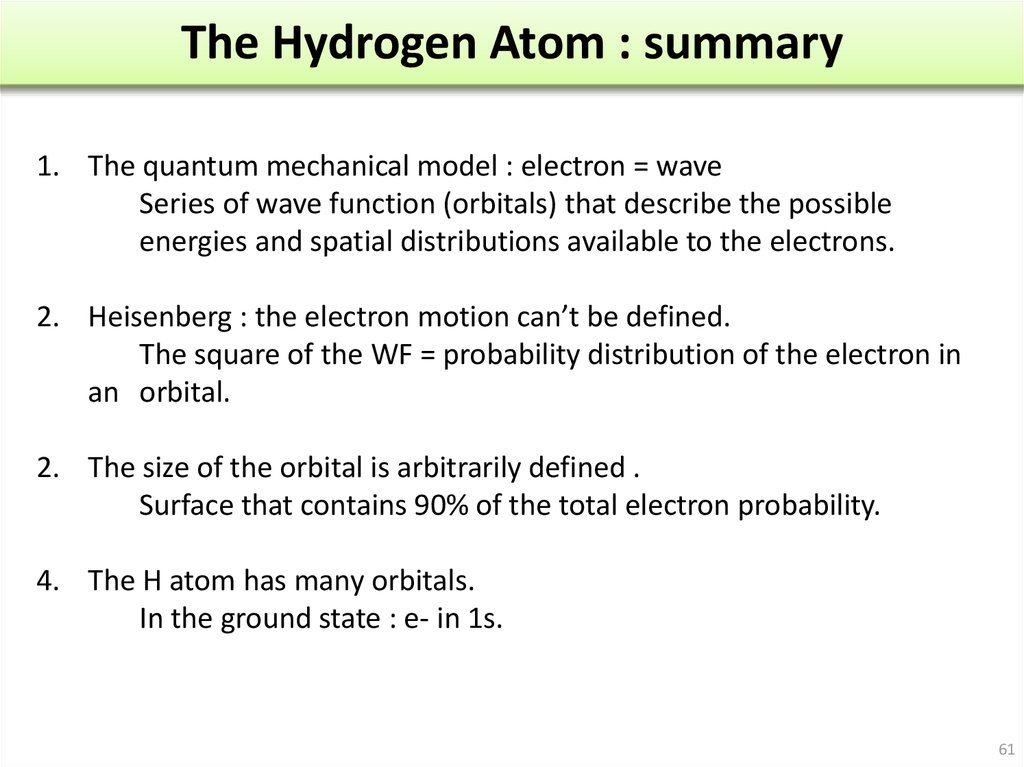
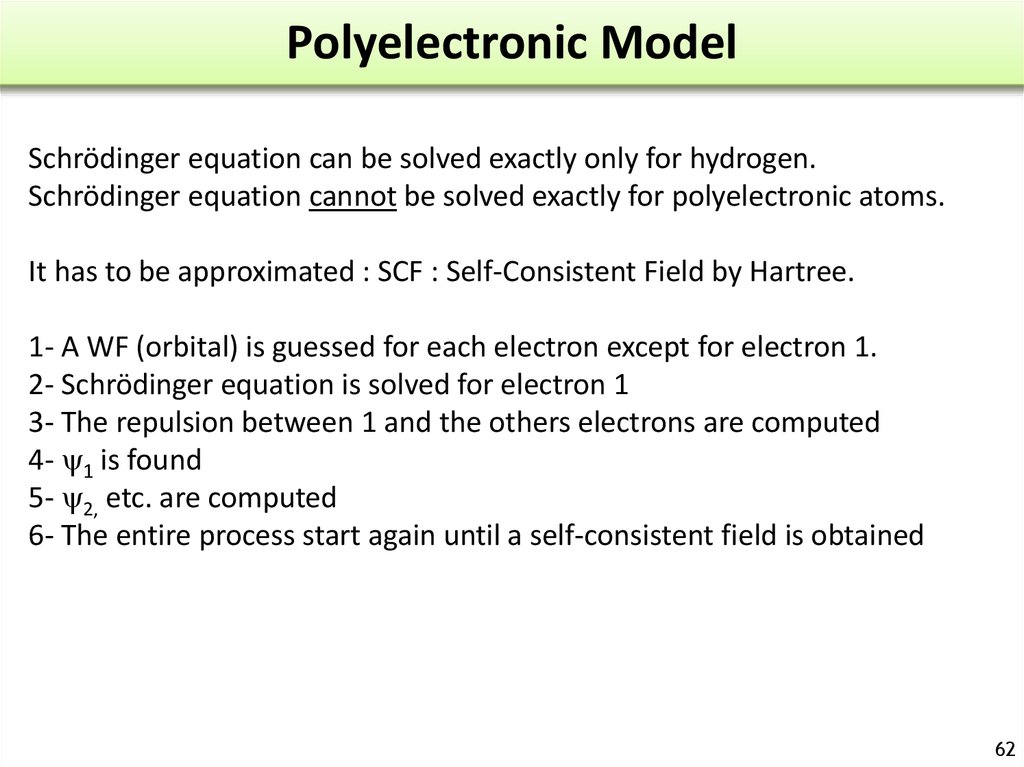
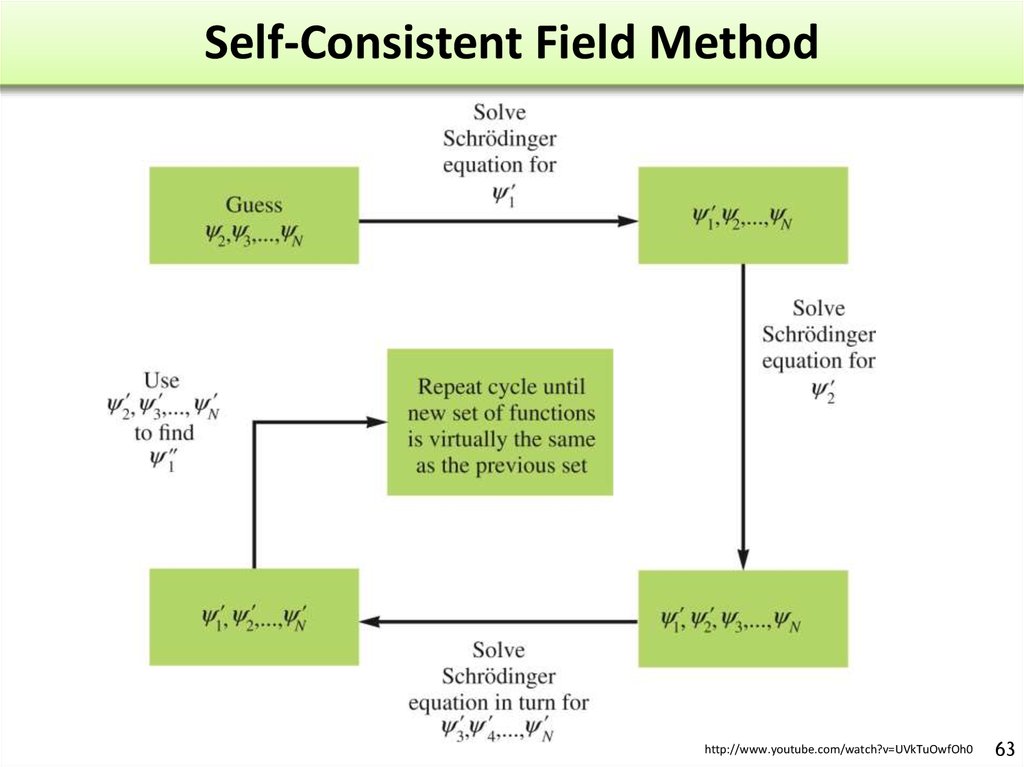


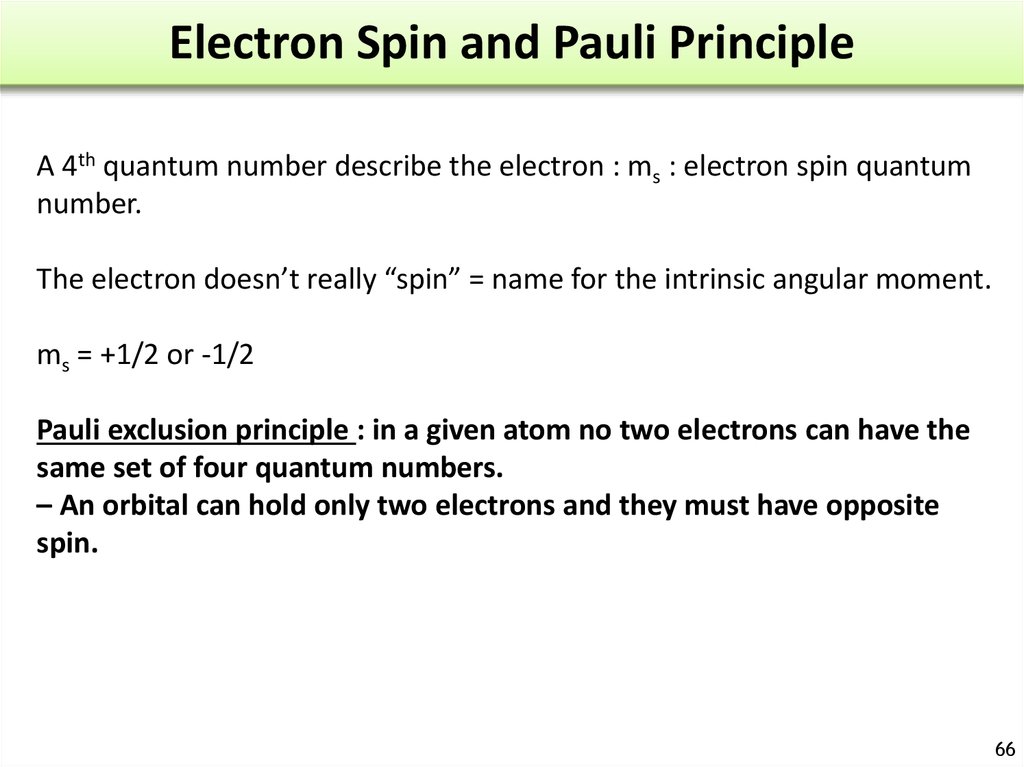
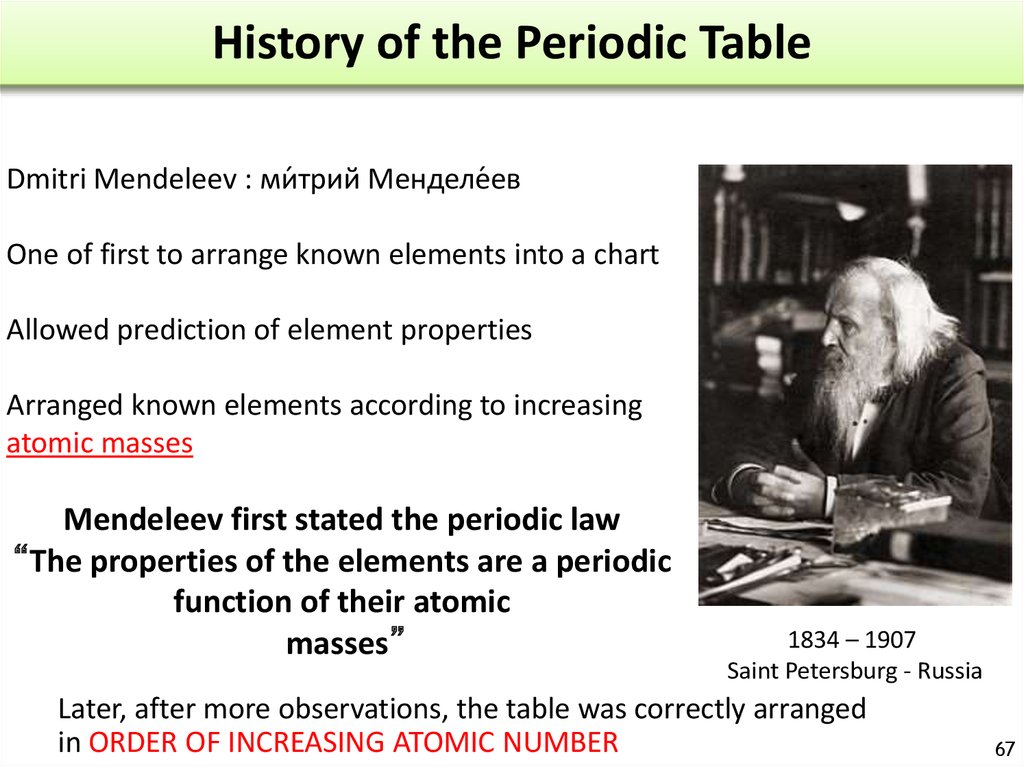
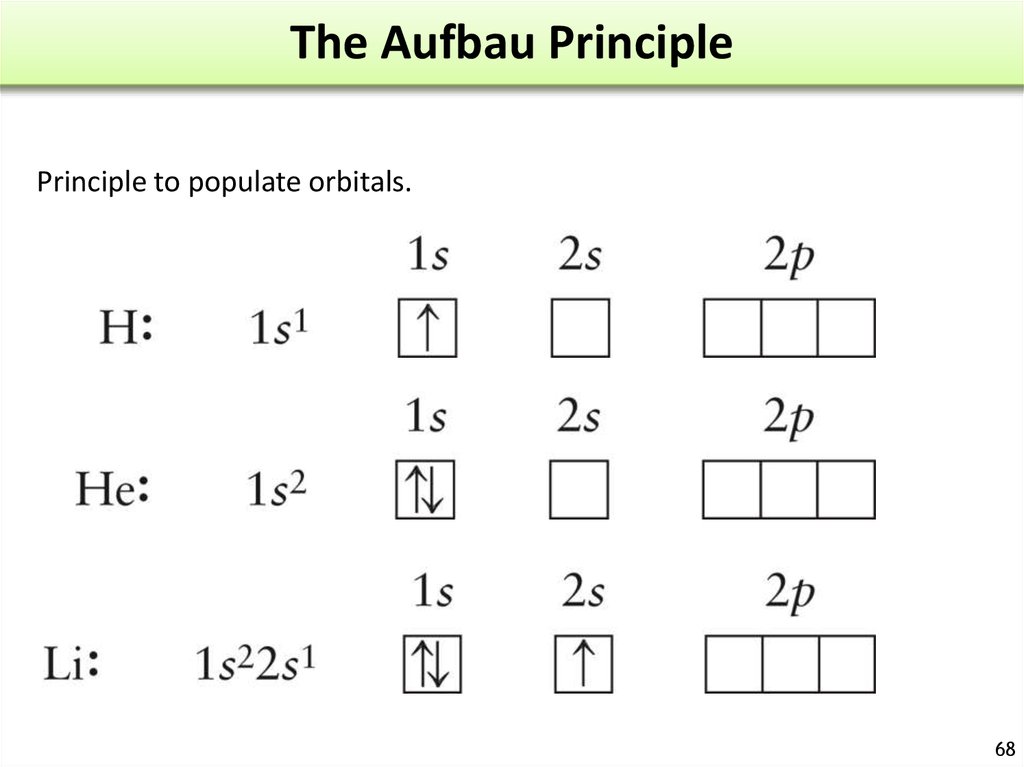
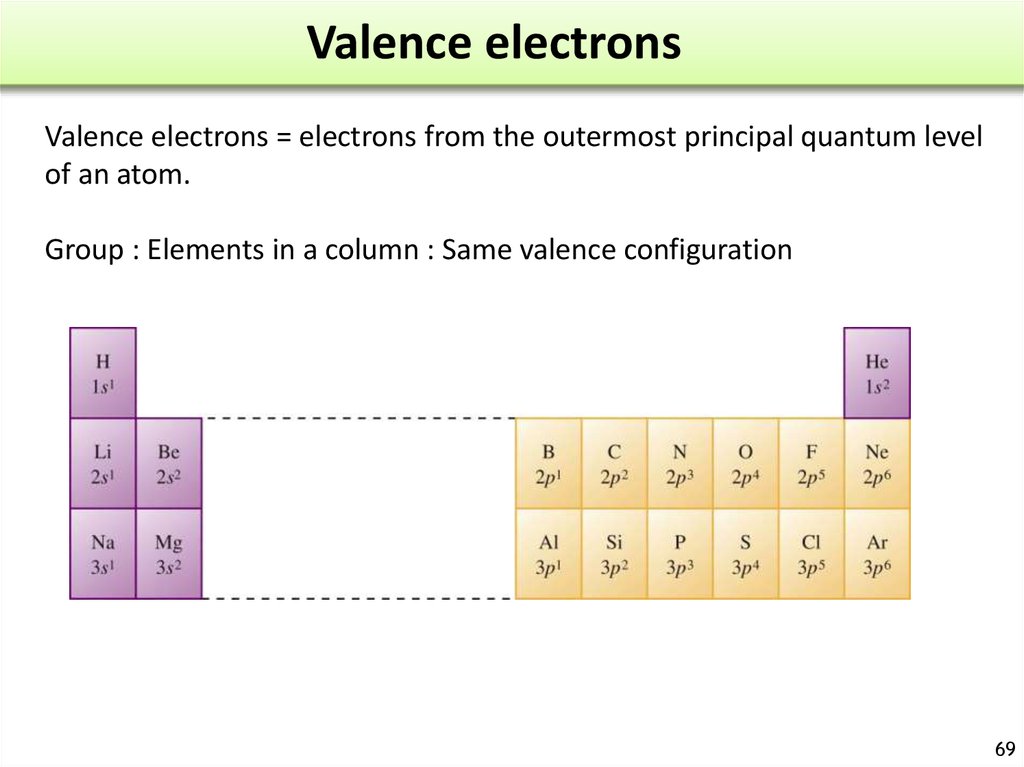
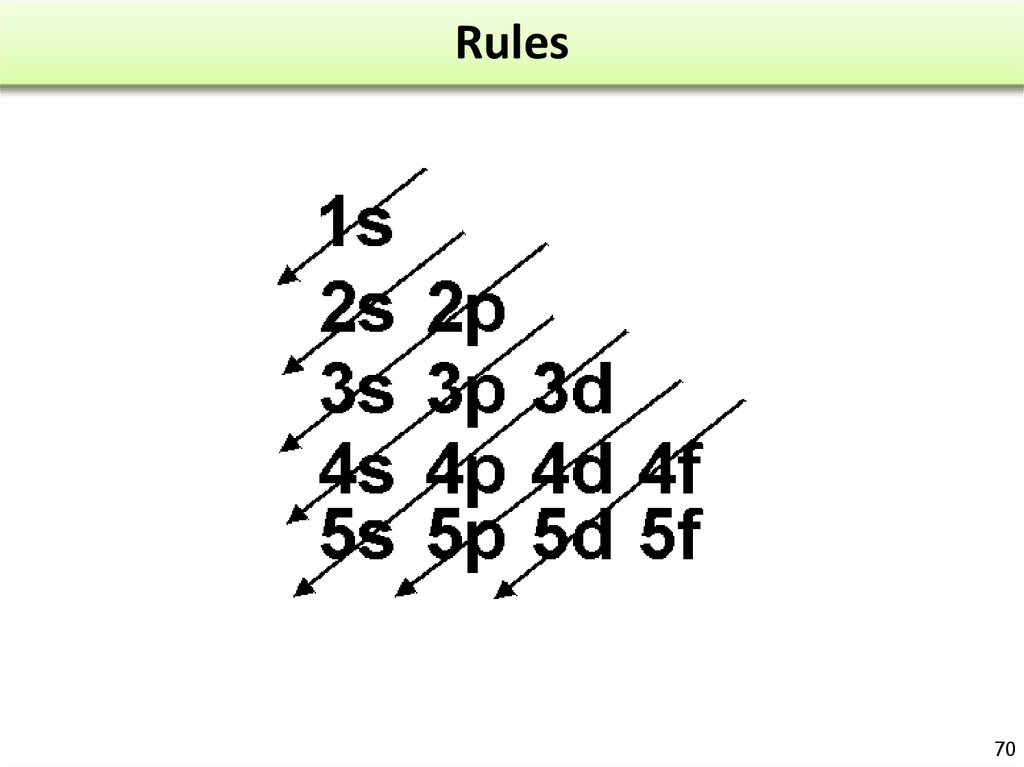
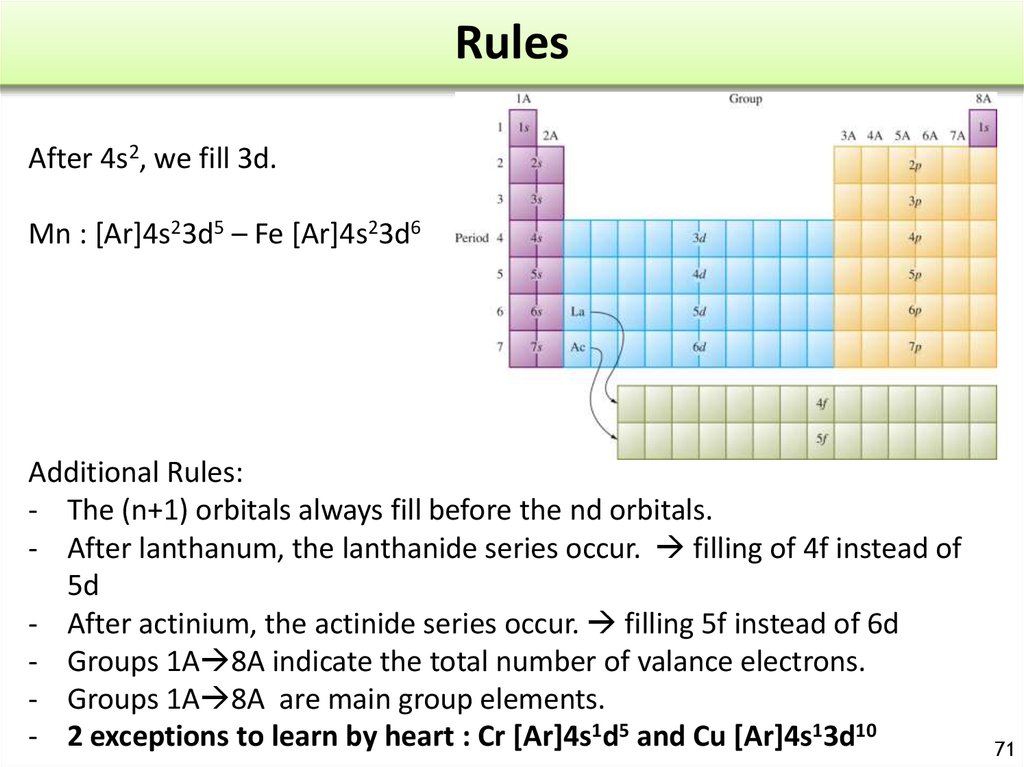
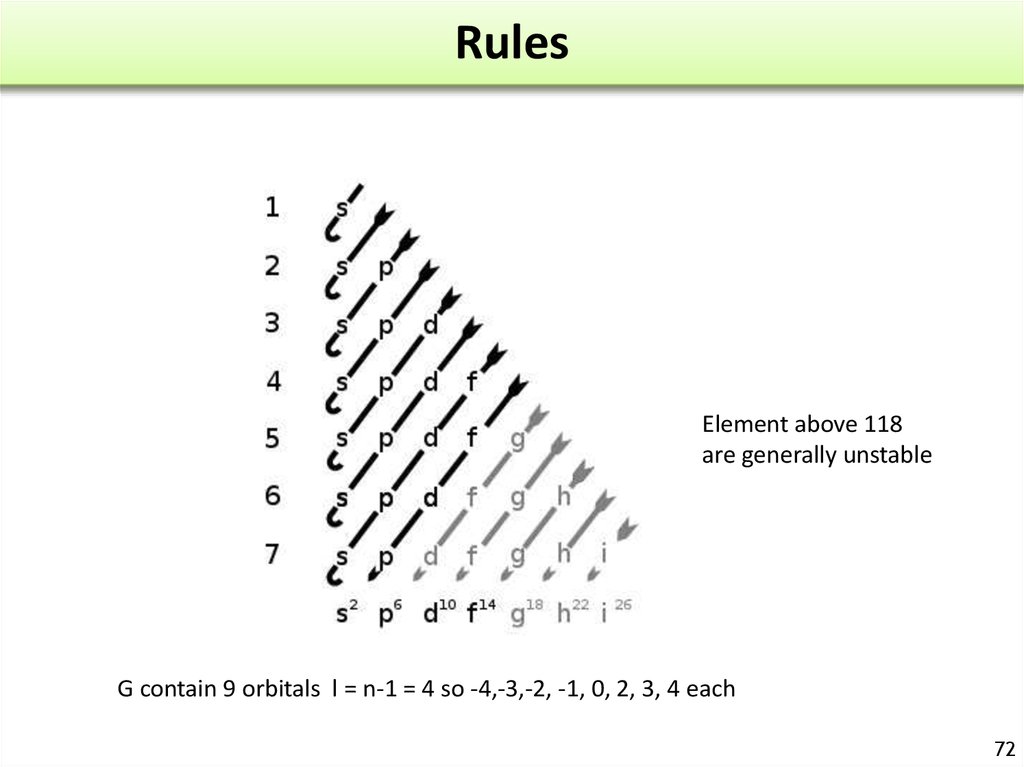

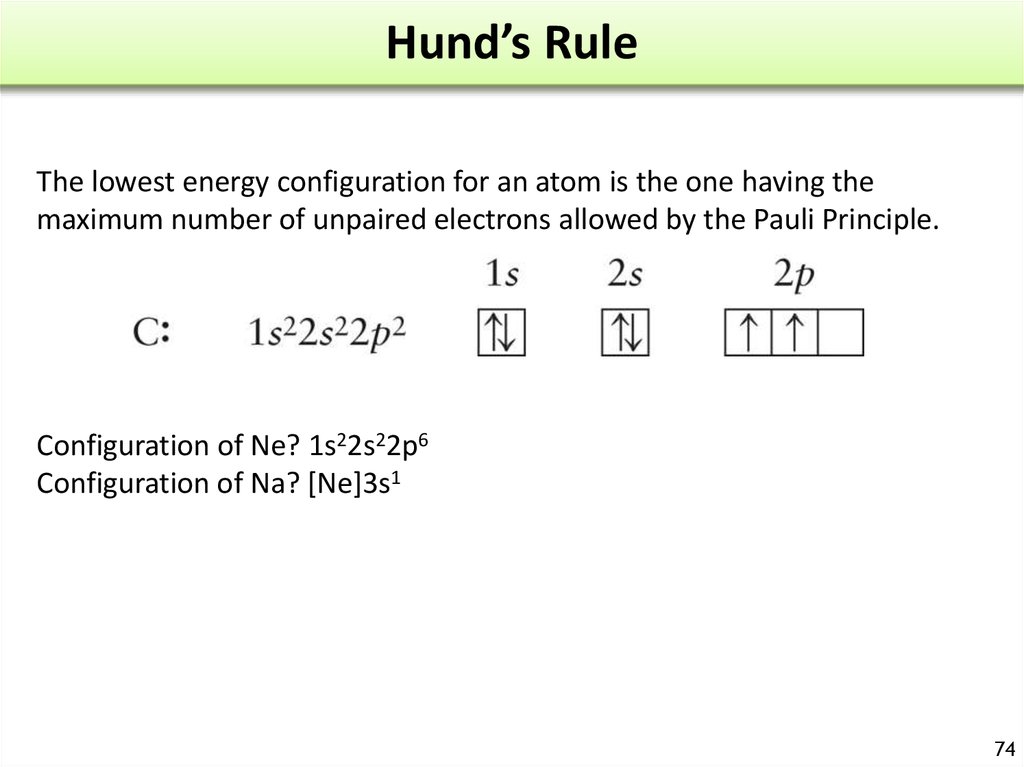
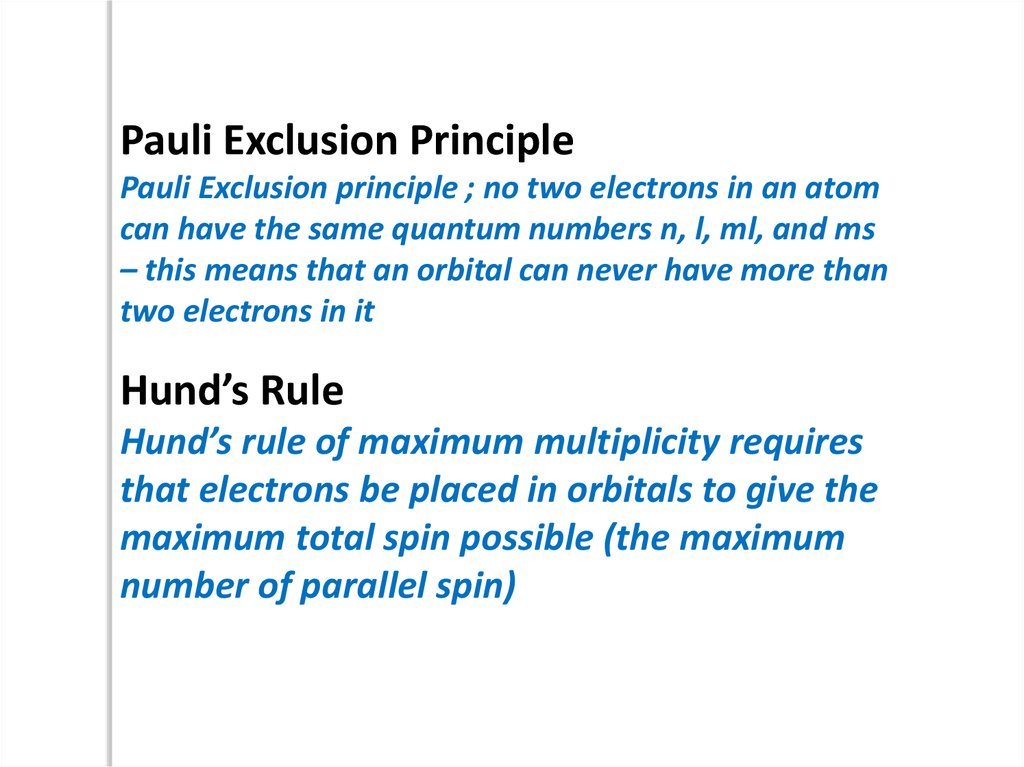
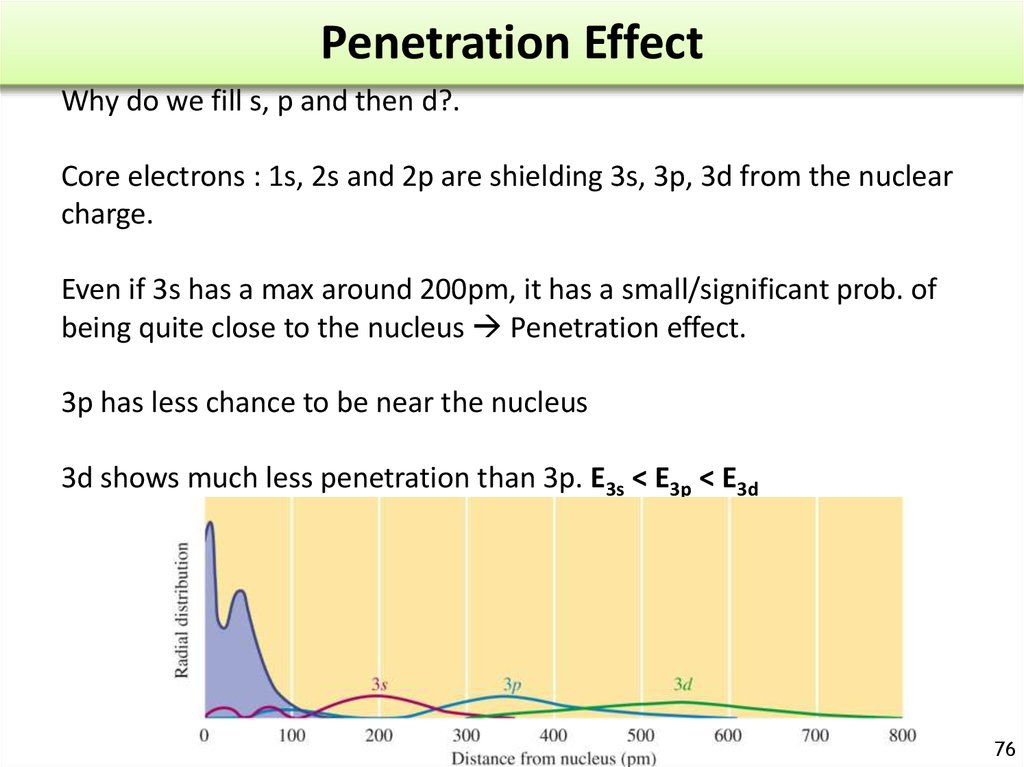
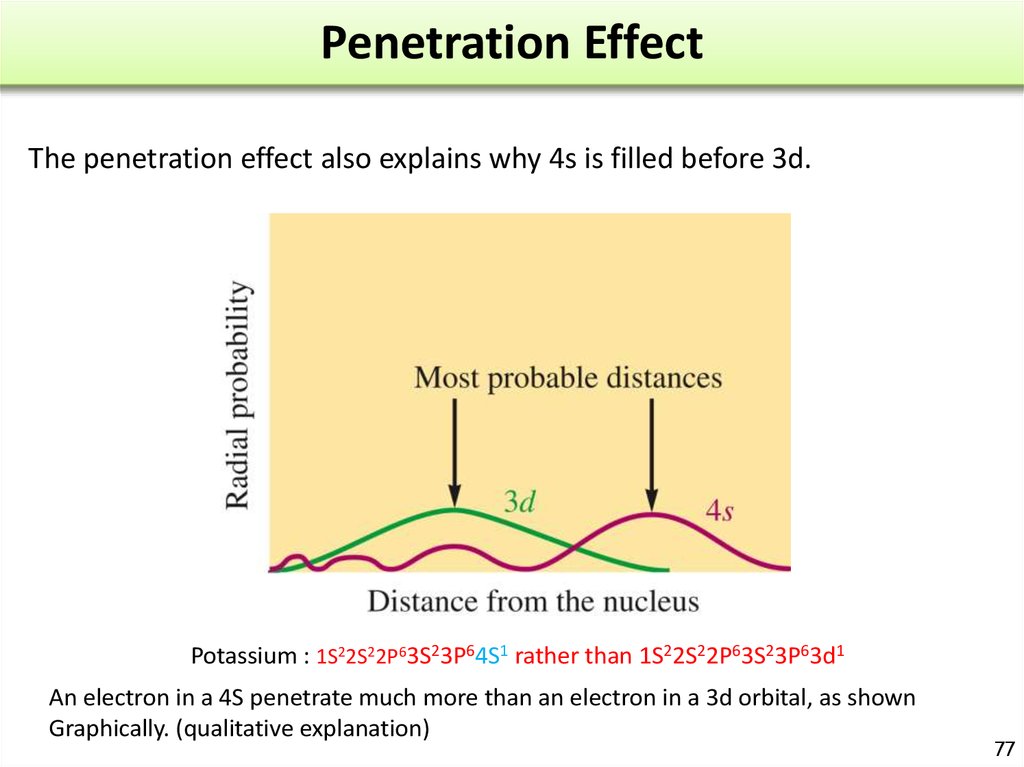



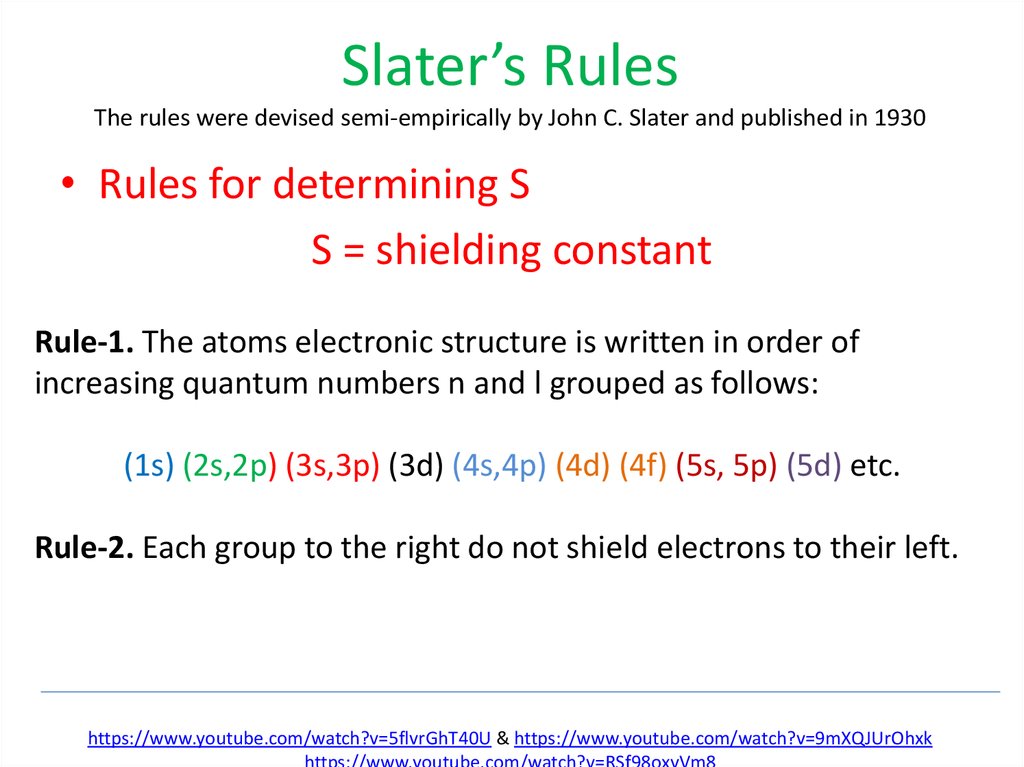
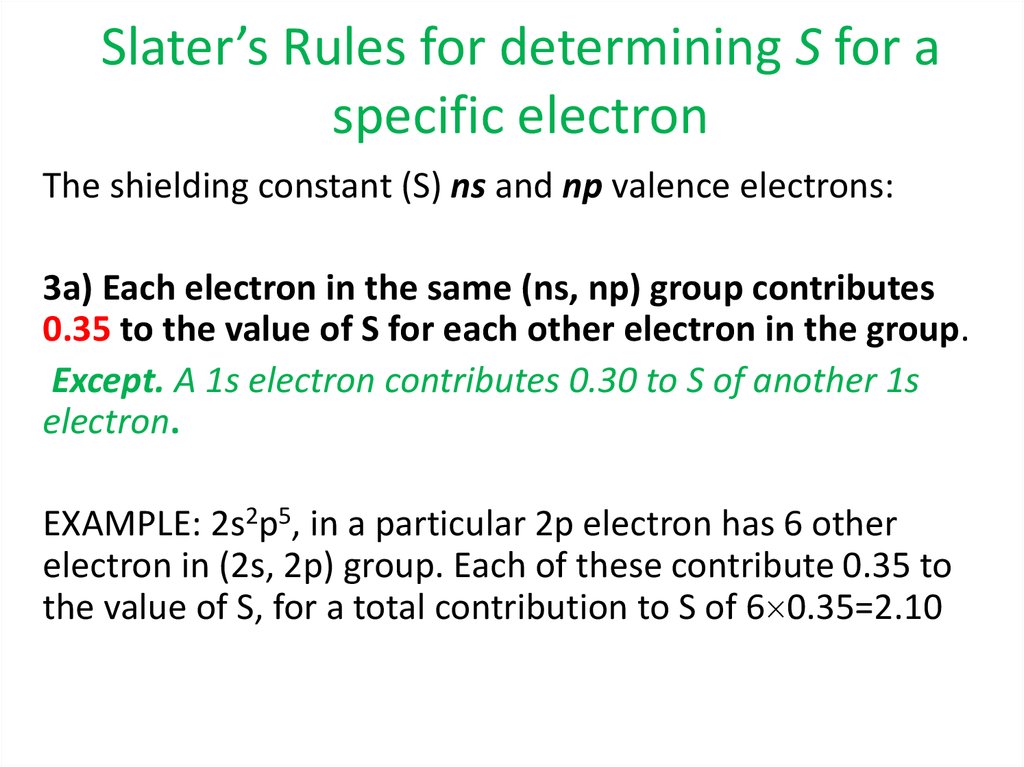


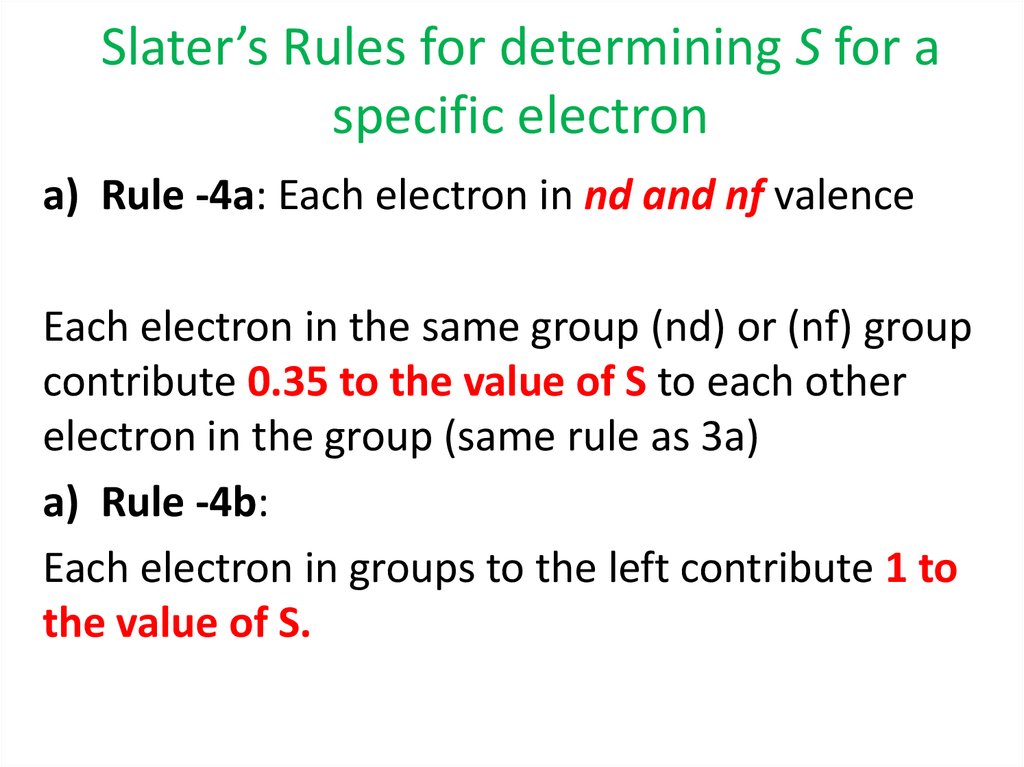

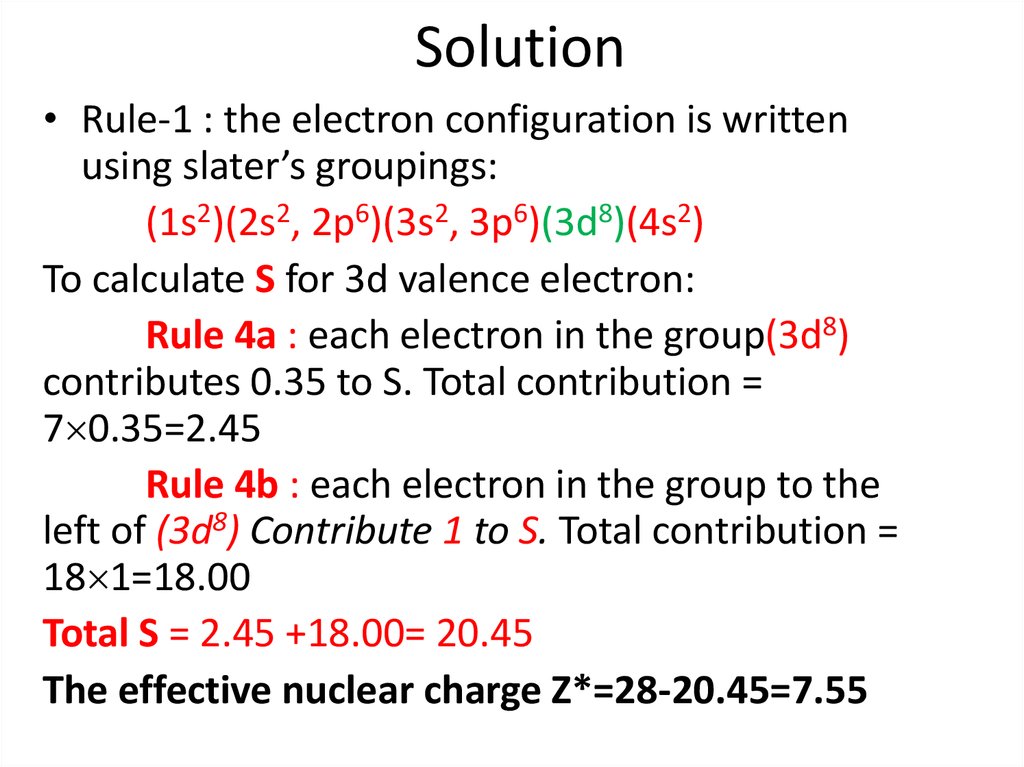
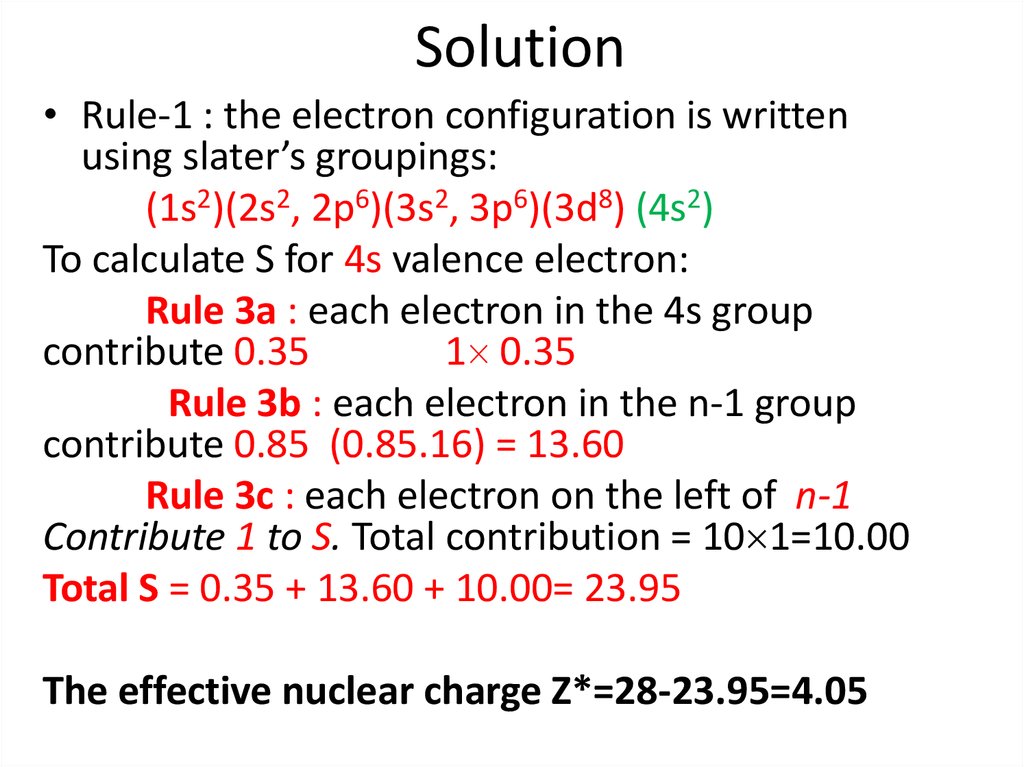

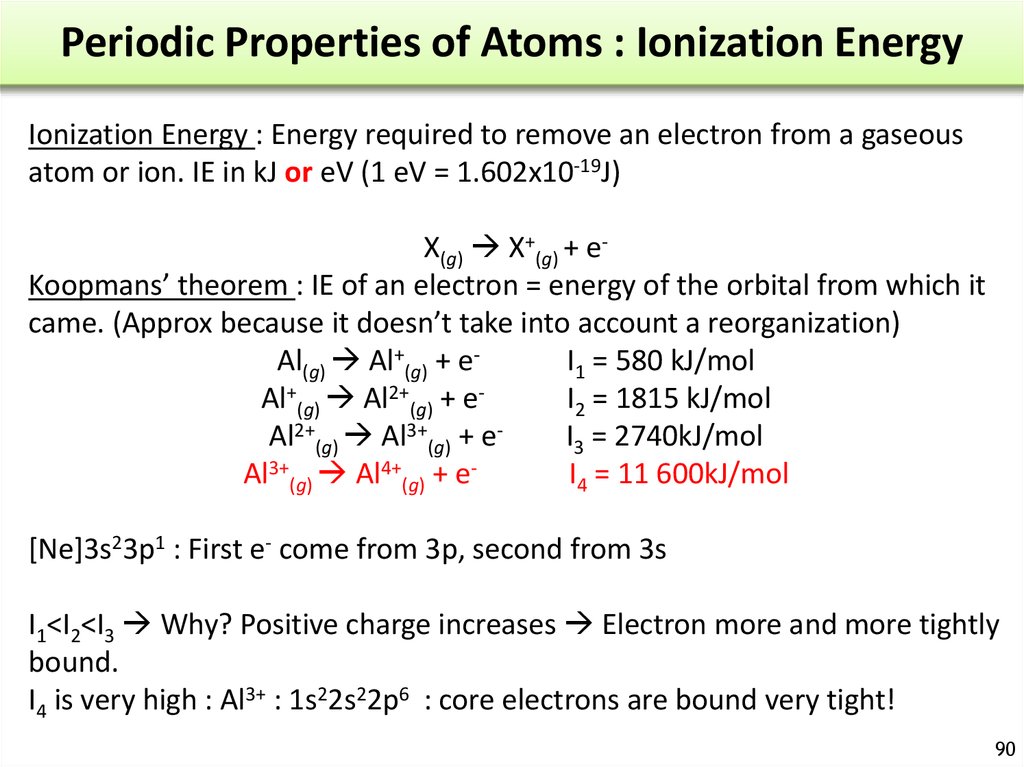

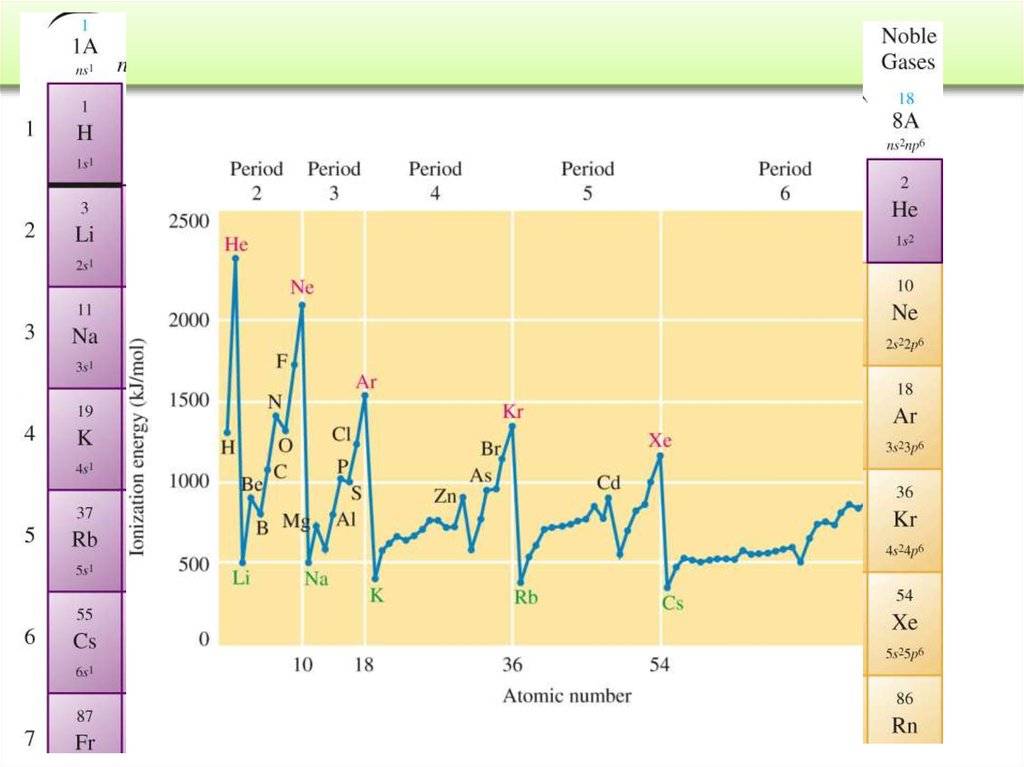
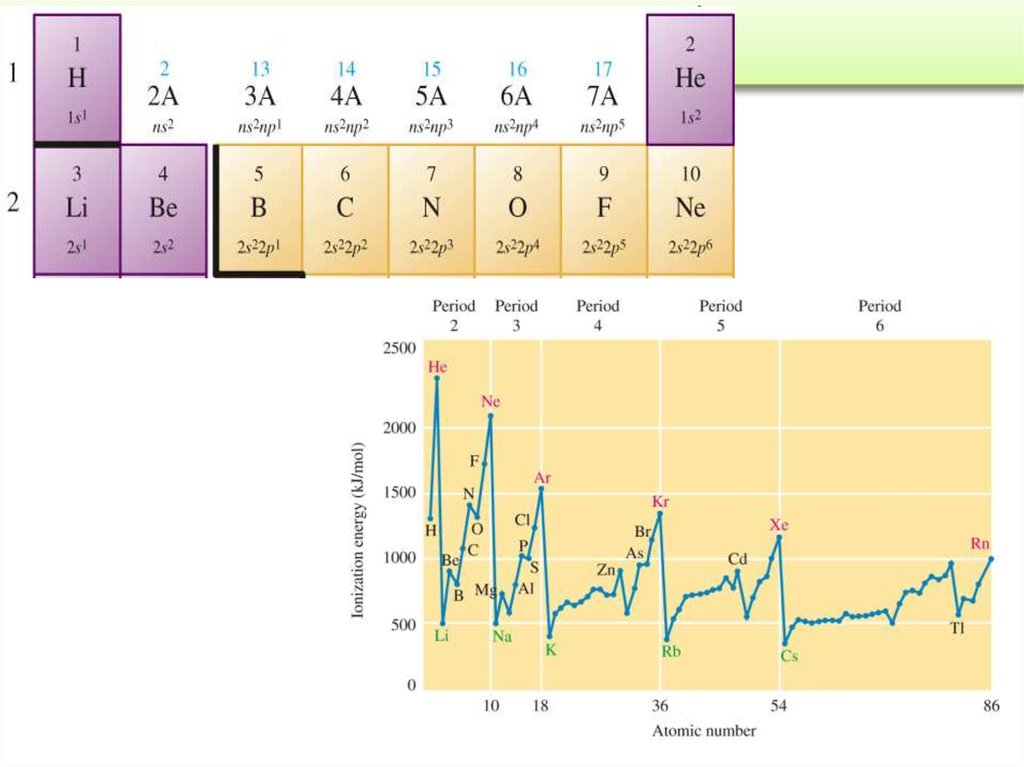
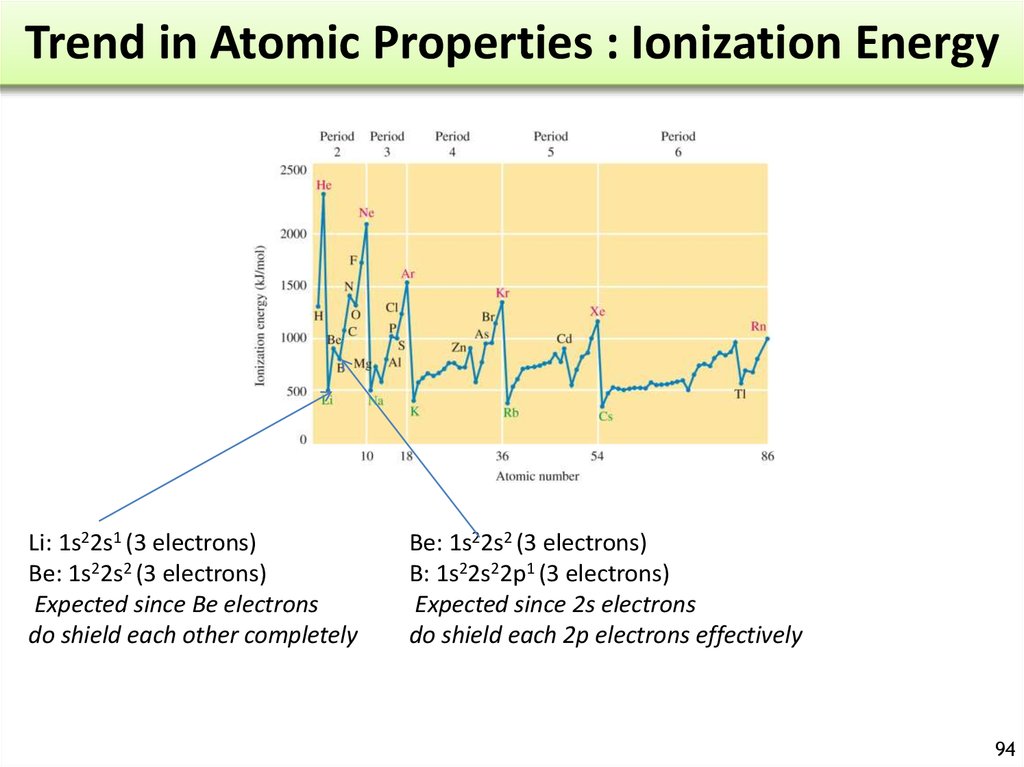
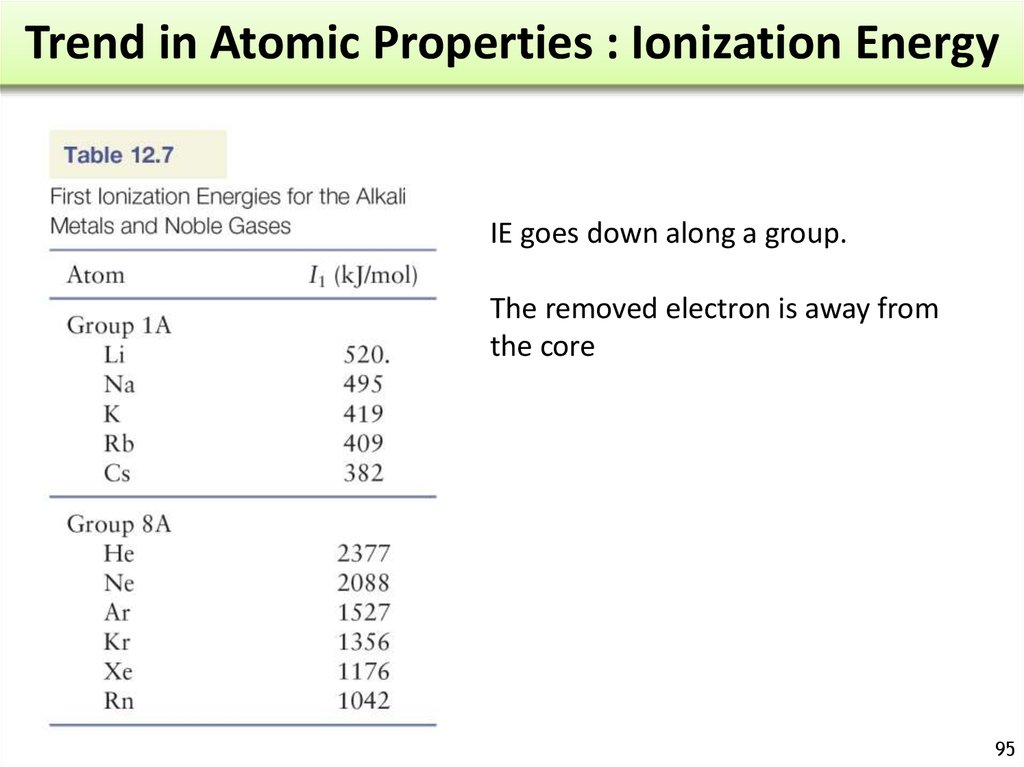


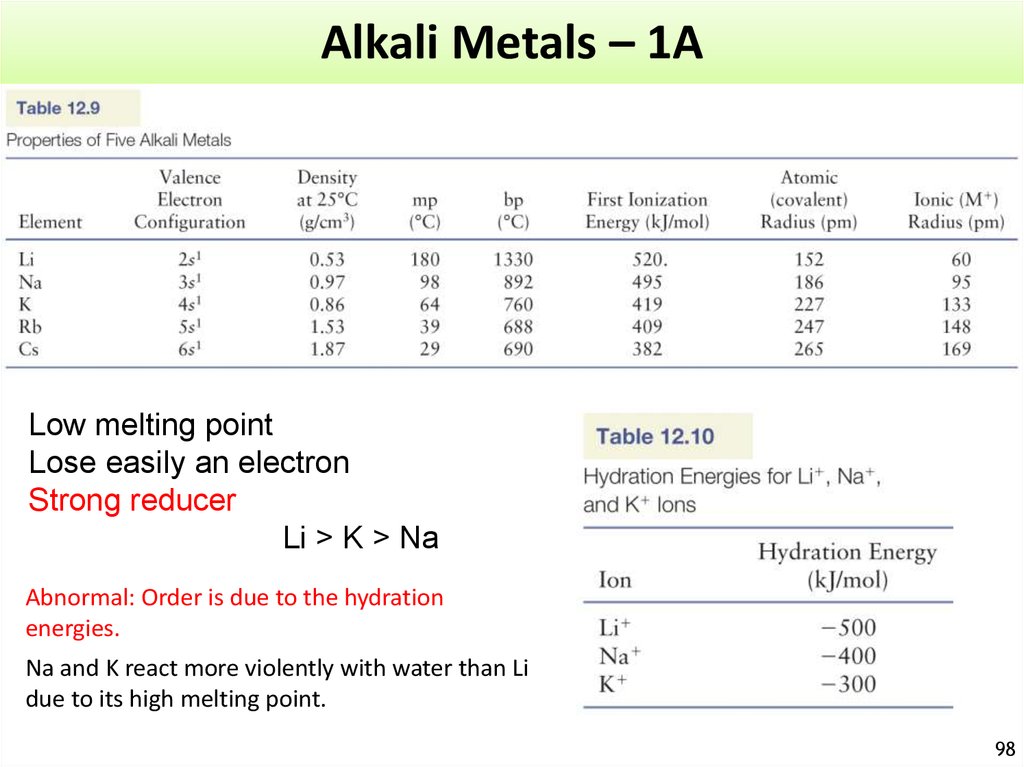


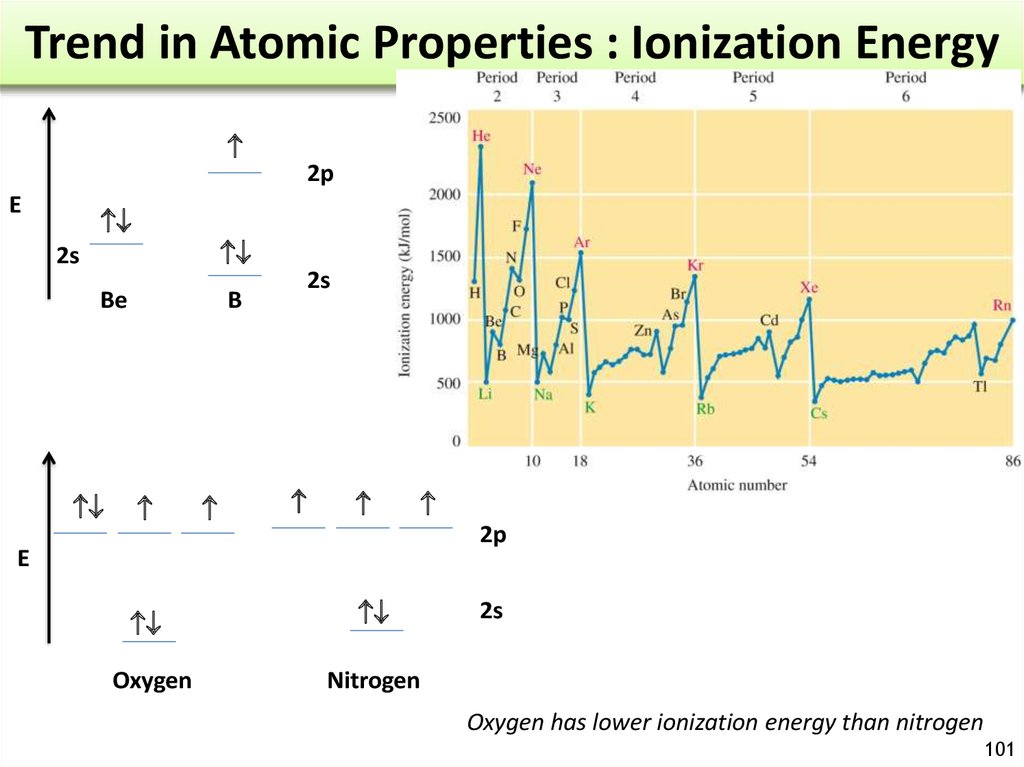
 Химия
Химия Английский язык
Английский язык








